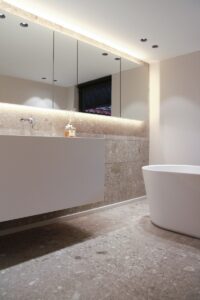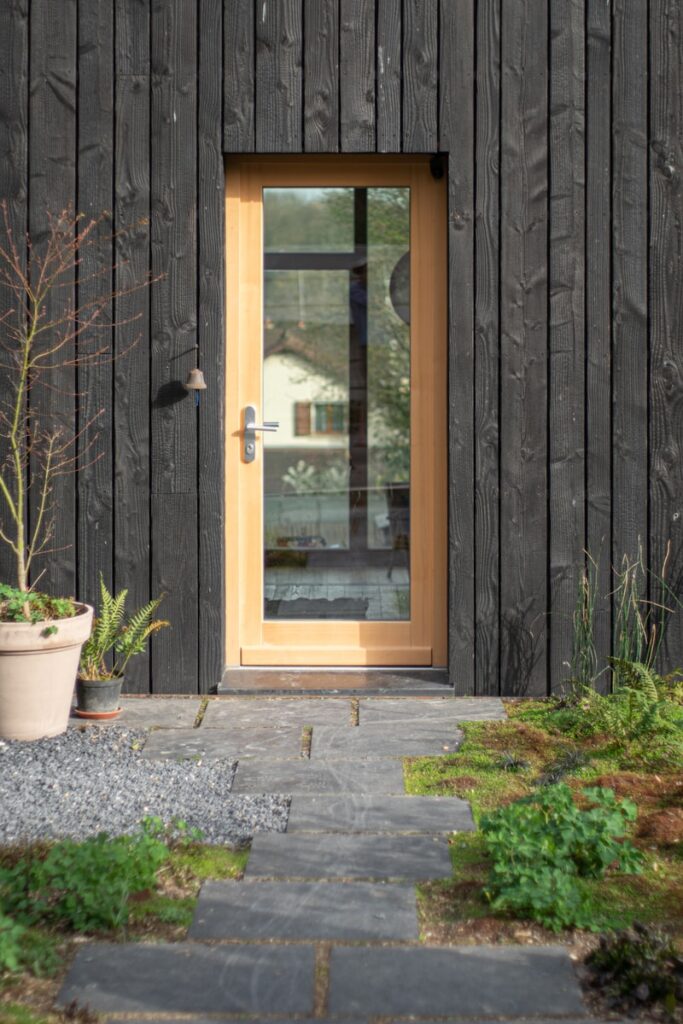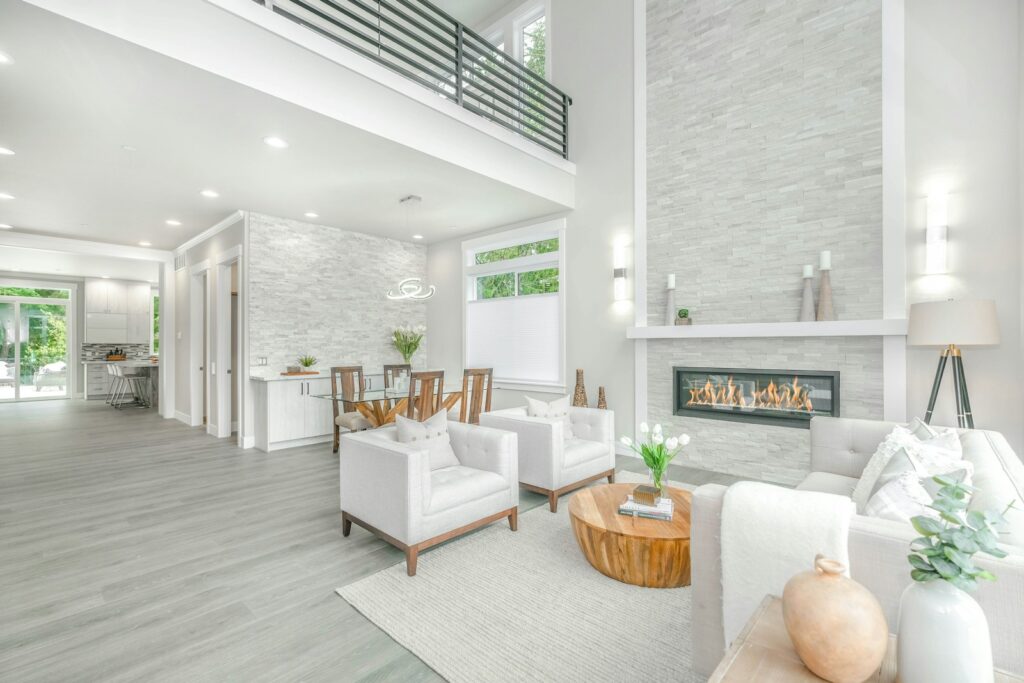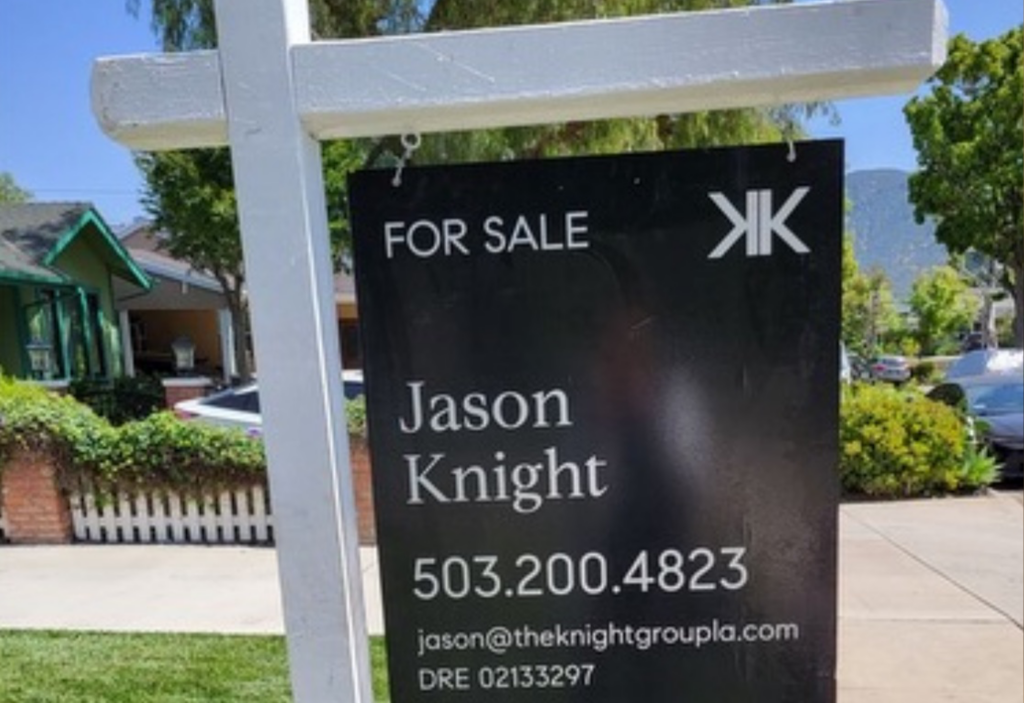Renter Nation: Are We Trading the American Dream for a Lease Agreement?
Introduction:
The Rise of the Renter Class
The traditional American dream has always been about the white picket fence and owning a slice of suburbia. But for today’s young professionals, that dream is being rewritten in glass and steel. Picture a sleek, high-rise apartment in a trendy urban neighborhood—floor-to-ceiling windows, a rooftop pool, and a concierge who knows your name. This isn’t just a place to live; it’s a lifestyle.
Here, residents aren’t weighed down by mortgages or maintenance—they’re leasing freedom. Renting offers flexibility, the allure of hopping from one city to another without the ties of ownership. It’s about living in the moment, where luxury is a month-to-month experience, not a lifelong commitment.
While homeownership still has its allure, for many, renting is the new dream. It’s about embracing a life where experiences matter more than equity, and where your home is as fluid and dynamic as the life you lead.
Section 1: The Shifting Landscape
The Economics of Renting vs. Owning
Is Buying a Home Still a Good Investment?
In high-cost cities, the financial realities of homeownership are pushing more young professionals to embrace renting as the smarter choice. Skyrocketing home prices are a major hurdle—buying a home often requires a down payment that feels more like a small fortune. Add to that the rising interest rates, which inflate monthly mortgage payments to levels that rival luxury rent, and suddenly, the dream of owning starts to lose its luster.
Then there’s the burden of student debt, which hangs over many like a dark cloud, making it even tougher to save for a down payment or qualify for a loan. Renting, on the other hand, offers financial flexibility—no massive down payment, no commitment to a 30-year mortgage, and the ability to live in prime locations without the financial strain. For many, it’s a choice between being house-poor or living comfortably, and increasingly, renting is winning out.
Urban Living: The Appeal of Renting
Why Millennials and Gen Z are Opting Out of Homeownership
For young professionals, renting isn’t just a financial decision—it’s a lifestyle choice that offers unparalleled freedom and flexibility. The appeal starts with the ability to move easily, whether it’s for a career opportunity, a new city, or just a change of scenery. Owning a home ties you down; renting keeps you nimble, ready to seize the next adventure.
Urban living is another major draw. Renting allows you to plant yourself in the heart of vibrant city centers, where buying a property might be prohibitively expensive. It’s about living close to the action—restaurants, nightlife, and culture—without the long-term commitment.
And let’s not forget the amenities. Luxury rental properties come with perks that most homeowners can only dream of: rooftop pools, state-of-the-art gyms, 24/7 concierge services. Renting offers a turnkey lifestyle where everything is taken care of, allowing you to focus on what really matters—living your best life, on your terms.
Section 2: The Cultural Shift
Redefining Success: Renting as the New Norm
The Death of the White Picket Fence Dream?
In the Instagram era, is it better to own a home or to rent a life?
The narrative of success is evolving, and so are the symbols that define it. Where homeownership once stood as the ultimate marker of stability and achievement, today’s young professionals are rewriting the script. Renting, once seen as a temporary stopgap, is now socially acceptable—even desirable. It’s a lifestyle choice that reflects the modern values of flexibility and freedom.
Owning a home often feels like putting down roots, but for many, success isn’t about staying in one place—it’s about collecting experiences, not just equity. Renting allows for a fluid, experience-rich lifestyle where you can chase opportunities, travel, and live in vibrant urban centers without being anchored by a mortgage.
In this new narrative, stability doesn’t come from owning property; it comes from the freedom to adapt, explore, and prioritize living fully over living traditionally. Renting has become the new symbol of a life well-lived—one that’s dynamic, open, and endlessly full of possibilities.
The Social Media Effect: #RenterLife
How Instagram is Shaping Our Housing Choices
Why buy a house when you can rent an apartment with a view of the skyline and hashtag your way to social media fame?
Social media, especially Instagram, is redefining what it means to “make it,” and for young professionals, that often means renting, not buying. Influencers and trendsetters are showcasing curated, luxurious rental lifestyles that make homeownership look, well, a bit dated. Scroll through your feed, and you’ll see it: sleek high-rise apartments with floor-to-ceiling windows, rooftop pools with panoramic views, and artfully arranged interiors that scream modern luxury—all without the burden of a mortgage.
These influencers are turning renting into an aspirational lifestyle, one where flexibility and freedom take center stage. It’s about living in the moment, in the trendiest neighborhoods, with amenities that feel like a permanent vacation. Renting is no longer just socially acceptable—it’s become the ultimate flex, a way to signal that you’re living life on your own terms. In a world where your life is as much about what you post as what you own, renting has become the new status symbol.
Section 3: The Pros and Cons
The Upside of Renting
Flexibility, Convenience, and Less Commitment
For high-income young professionals, renting is the ultimate life hack. The freedom to move on a whim, whether for a career leap or a craving for change, is priceless. No mortgage tying you down, no endless house repairs—just the ease of packing up and diving into your next adventure. Renting means never having to worry about a leaking roof or a broken furnace; those headaches belong to someone else.
And then there’s the allure of prime locations. Renting allows you to live in the heart of the city, steps away from everything that matters, without the financial burden of a down payment or property taxes. It’s about maximizing your lifestyle—enjoying the best views, the coolest neighborhoods, and the top amenities, all without the long-term commitment.
For those who value flexibility, convenience, and the freedom to live life on their own terms, renting isn’t just an option—it’s the smart choice.
Because nothing says ‘freedom’ like being able to break a lease when your boss decides to relocate you to Tokyo.
The Downside: What You’re Giving Up
No Equity, No Stability, No Problem?
While renting offers freedom and flexibility, it comes with its own set of challenges. The biggest downside? You’re not building equity. Every rent check you write is money that goes to your landlord’s pocket, not toward owning a piece of property that could appreciate in value over time.
Then there’s the uncertainty—rent increases can strike at any moment, often outpacing salary growth, and the risk of being priced out of your favorite neighborhood is real. Without the security of ownership, you’re at the mercy of the market, which can shift without warning, leaving you scrambling for a new place to call home.
The long-term financial implications are hard to ignore. While renting might offer short-term flexibility, it also means missing out on potential wealth-building opportunities that come with owning real estate. For those looking to establish long-term stability, the rent-versus-buy debate isn’t as clear-cut as it might seem.
Sure, you’re not tied down—but you’re also not building any wealth. Is renting really a smart move, or are you just kicking the can down the road?
Section 4: The Future of Housing
The Renter Economy: What’s Next?
Are We Headed for a Permanent Shift?
Will the next generation be renters for life, or will we see a resurgence in homeownership when the market shifts?
The shift toward renting feels like more than just a reaction to today’s economic climate—it’s a fundamental change in how young professionals view their lives and finances. Sure, current economic conditions, like skyrocketing home prices and rising interest rates, have pushed many toward renting, but there’s a deeper, generational shift at play. Millennials and Gen Z are prioritizing flexibility and experiences over the traditional stability of homeownership.
That said, the future of the housing market could tip the scales. If housing prices stabilize or policy changes make buying more accessible, we might see a swing back toward ownership. But with urbanization trends and a growing desire for mobility, renting could remain the preferred choice for those who value freedom over permanence.
Ultimately, the trend toward renting seems poised to stick around—at least for those who see a home not as an investment, but as a place to live life to the fullest, on their own terms.
Co-Living and Beyond: The Evolution of Renting
From Luxury Rentals to Co-Living Spaces
Renting is evolving beyond the typical apartment lease into a dynamic, lifestyle-driven experience. Co-living spaces are on the rise, offering young professionals a blend of community and convenience. These spaces come fully loaded with everything from sleek, furnished apartments to shared workspaces and curated social events—perfect for those who crave connection without commitment.
Luxury rental communities are also redefining what it means to rent, with amenities that rival five-star hotels: think rooftop pools, state-of-the-art gyms, and concierge services. It’s not just about where you live, but how you live, and these communities are setting a new standard for urban living.
Shared housing is the next frontier, with innovative models that offer more affordable, flexible living arrangements without sacrificing style or location. As these trends take hold, they’re reshaping the urban housing market, making renting a more attractive, viable option for those who value flexibility, community, and luxury all rolled into one.
As co-living spaces become more popular, could we be heading toward a future where ownership is obsolete, and communal living is the norm?
Conclusion:
Renting: A Lifestyle Choice or a Necessity?
Is renting the ultimate life hack for the modern professional, or are we giving up too much in the pursuit of freedom?
The shift toward renting signals more than just a change in housing preferences—it reflects a broader redefinition of success. For many young professionals, the traditional markers of achievement, like homeownership, are being replaced by a desire for flexibility, experience, and the freedom to move with the times. Renting offers a lifestyle where you’re not tied down by a mortgage, allowing you to chase opportunities, live in the moment, and enjoy the perks of luxury living without the long-term commitment.
But is this trend a permanent shift or just a response to the current economic pressures? It’s likely a bit of both. While the housing market’s challenges have nudged many toward renting, there’s also a cultural shift at play—one that values living fully now over investing in a future that feels increasingly uncertain. Whether it’s a new way of life or a temporary adjustment, renting is reshaping how we define success in the modern age.
Call to Action:
Join the Conversation
- Encourage readers to share their own experiences and thoughts on renting versus owning, particularly in high-cost cities like Los Angeles. Suggest using a hashtag like #RenterNation to spark discussion on social media.
- Close with a playful nudge: “Because whether you’re signing a lease or signing a mortgage, everyone’s got an opinion on where—and how—they live.”
This structure offers a fresh, engaging, and slightly irreverent exploration of the potential rise of a “Renter Nation,” tailored to young professionals with high incomes who are navigating the complexities of modern housing choices.
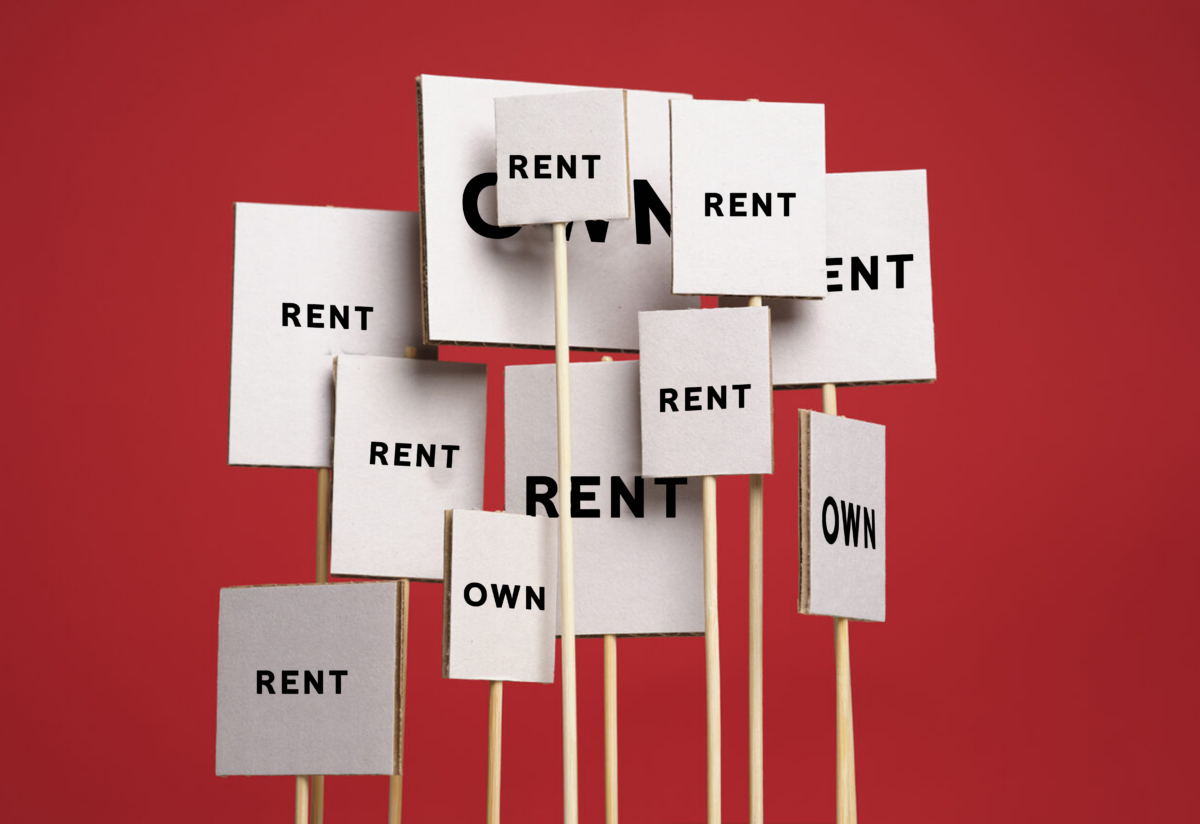
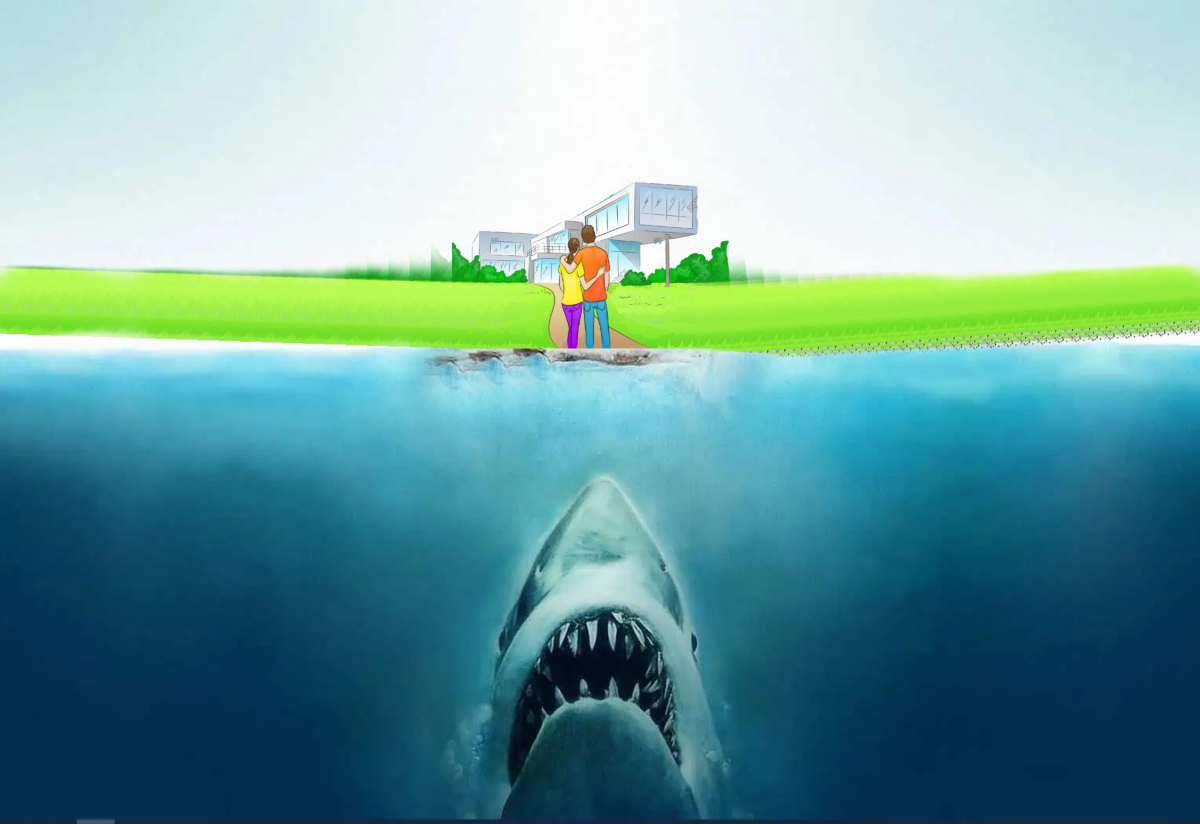

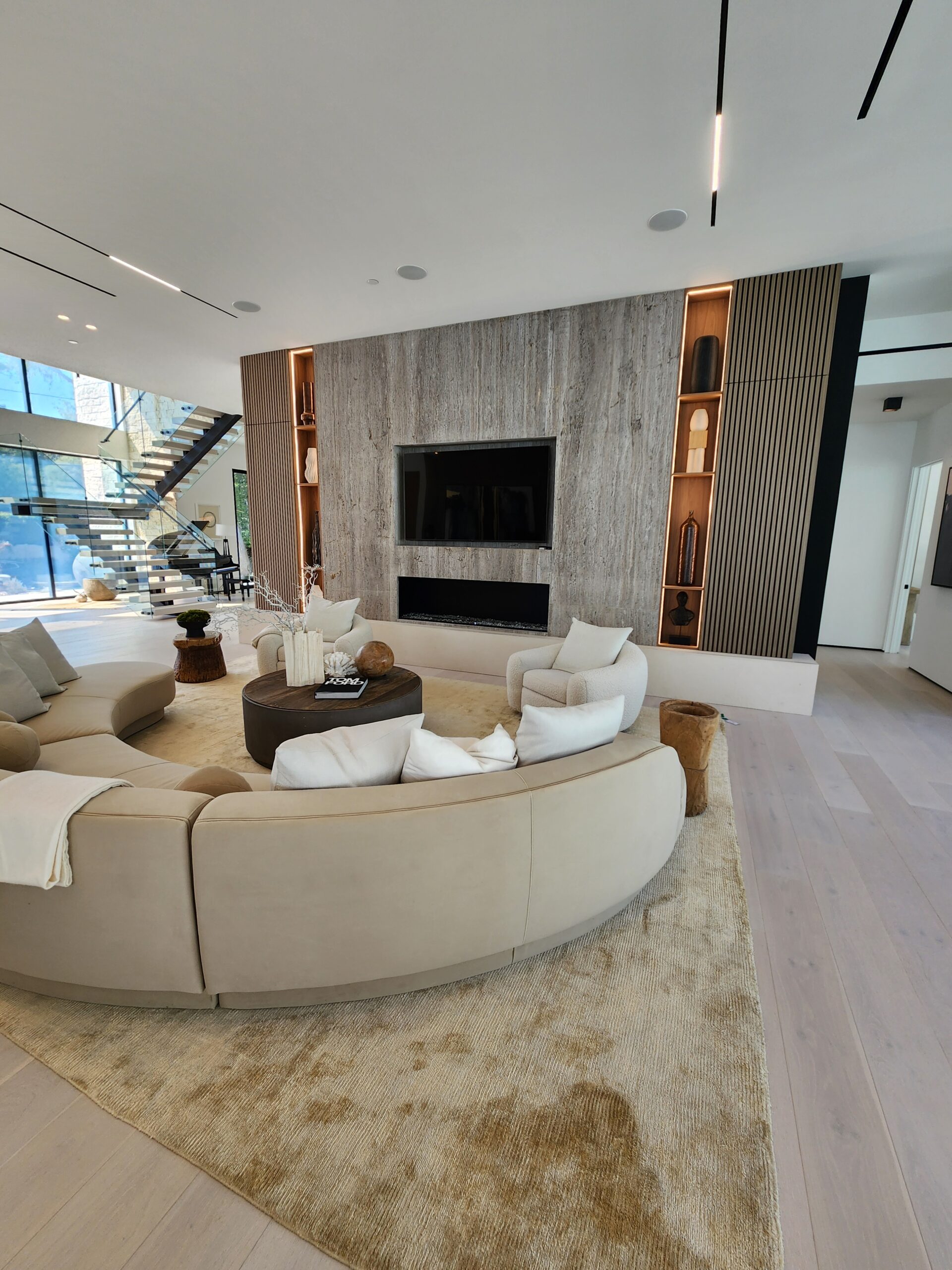
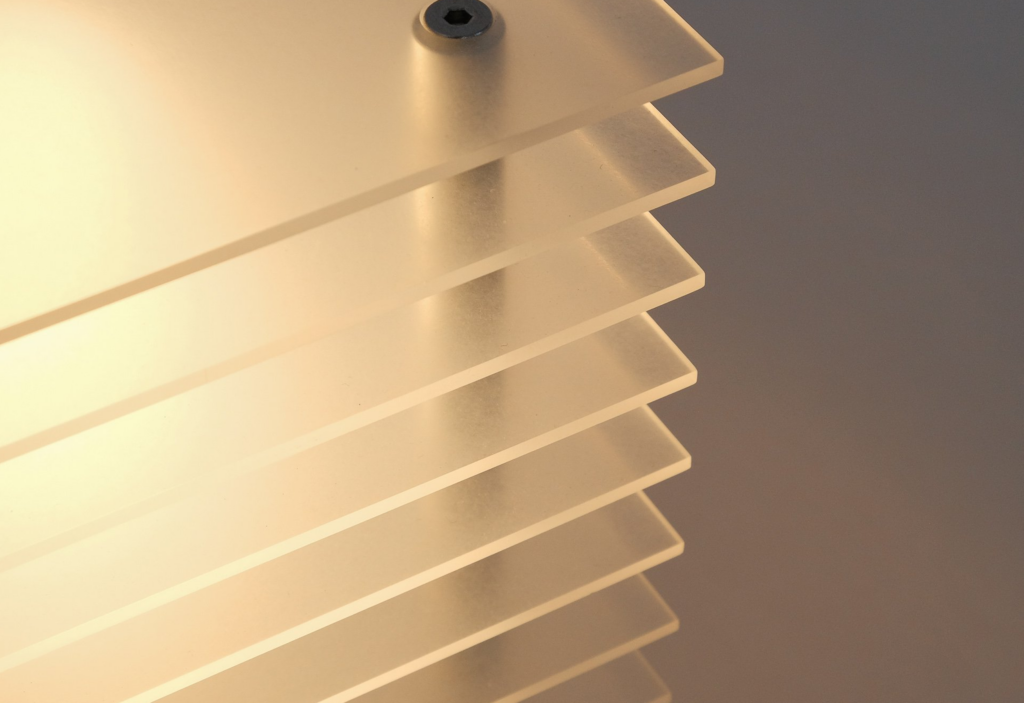 Meet the disruptors of 2024’s luxury design scene—the visionaries who aren’t just following trends but creating them. At the forefront is Orlando Pippig, a self-taught New York designer, inspired by nature and architecture, creates simple yet impactful designs. His work seamlessly blends traditional materials with a strong architectural perspective.
Meet the disruptors of 2024’s luxury design scene—the visionaries who aren’t just following trends but creating them. At the forefront is Orlando Pippig, a self-taught New York designer, inspired by nature and architecture, creates simple yet impactful designs. His work seamlessly blends traditional materials with a strong architectural perspective.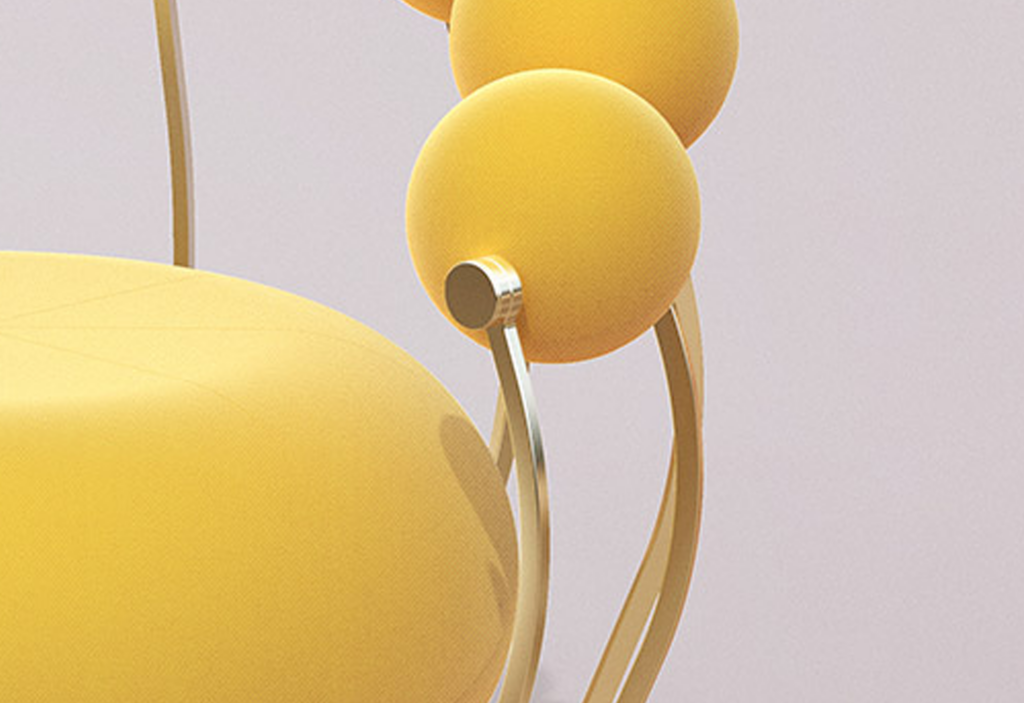

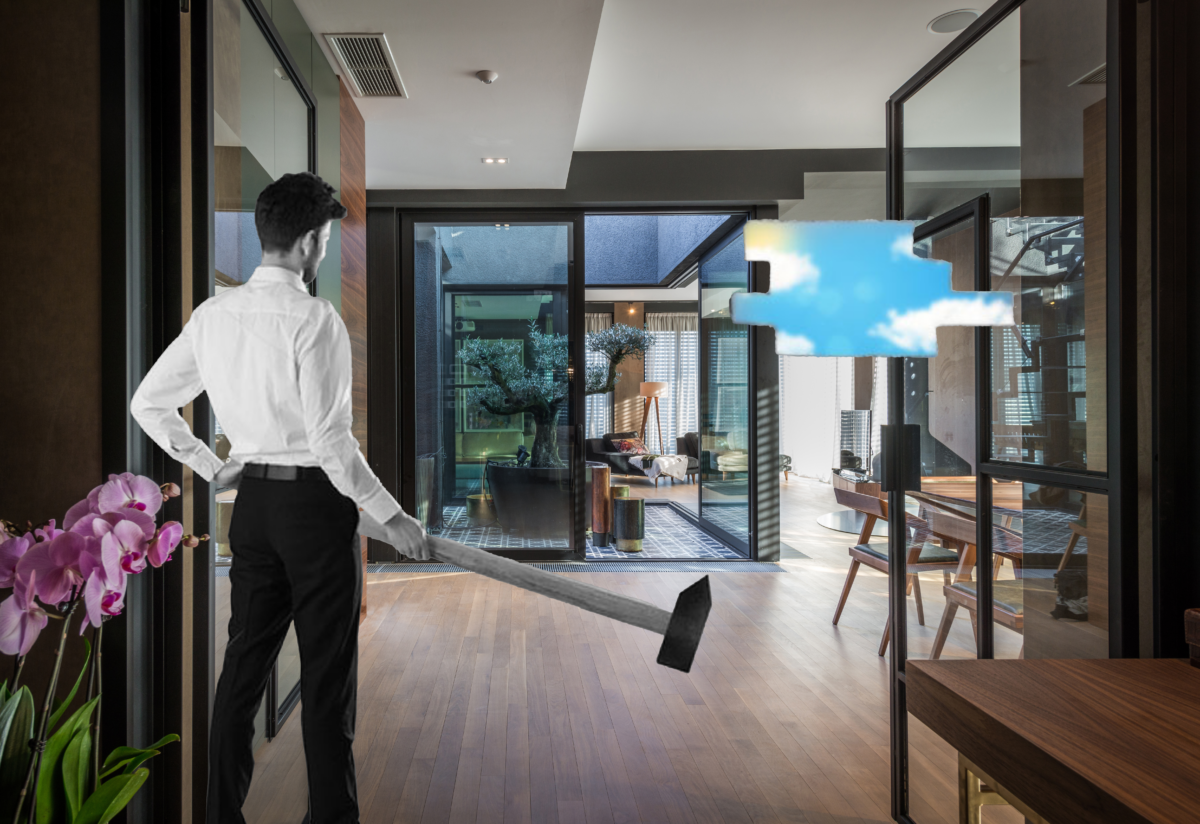
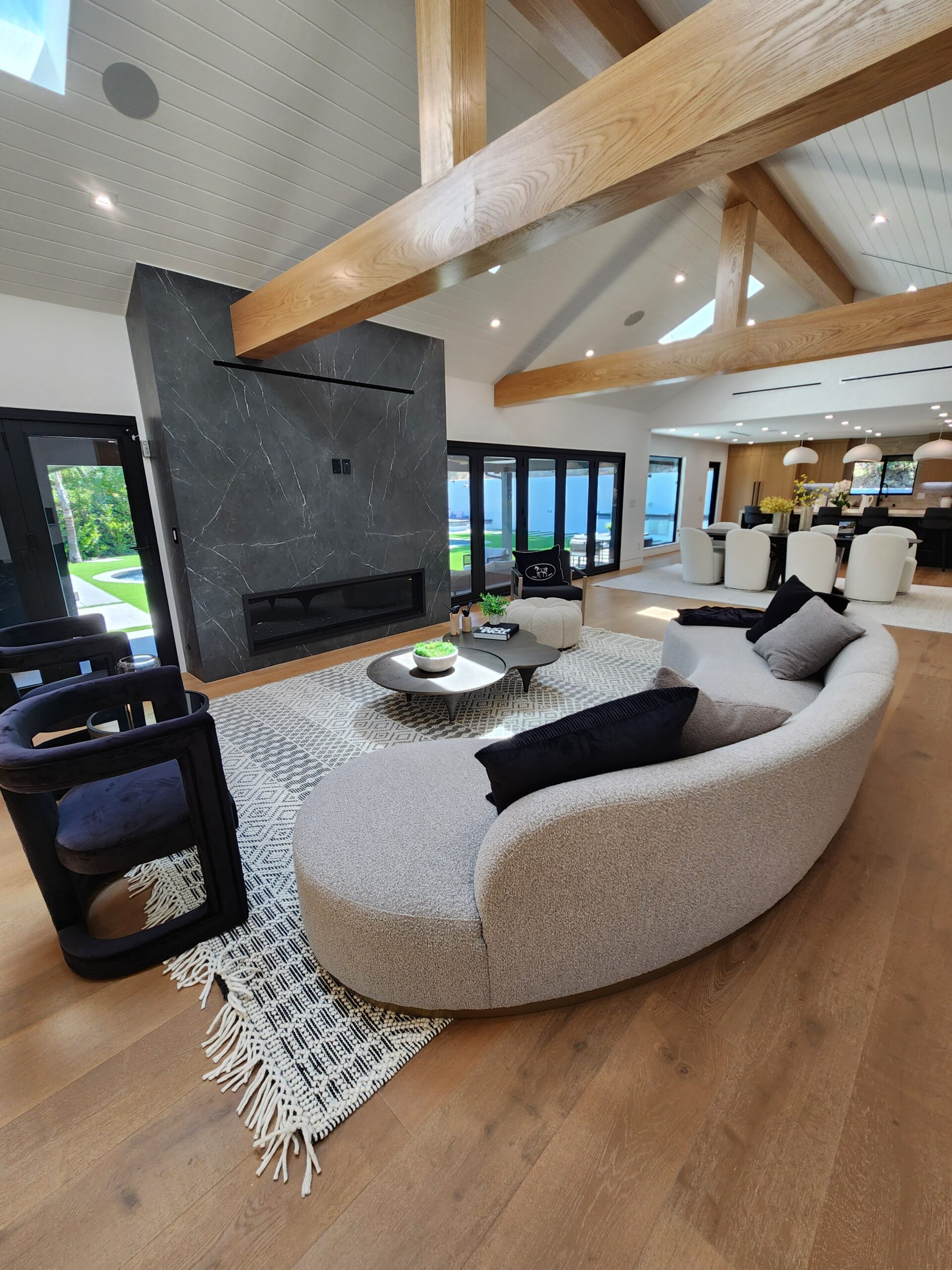 Introduction:
Introduction: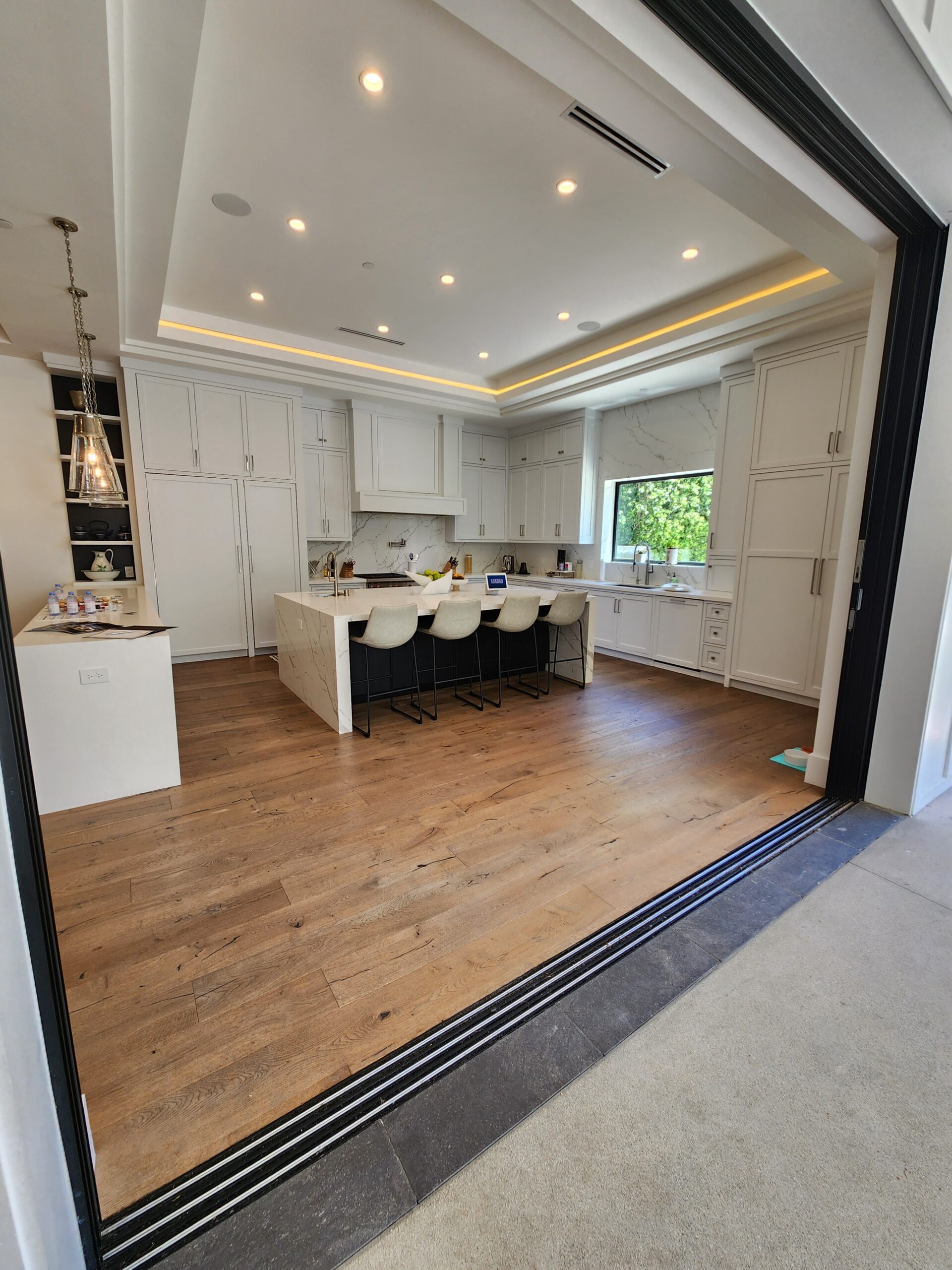
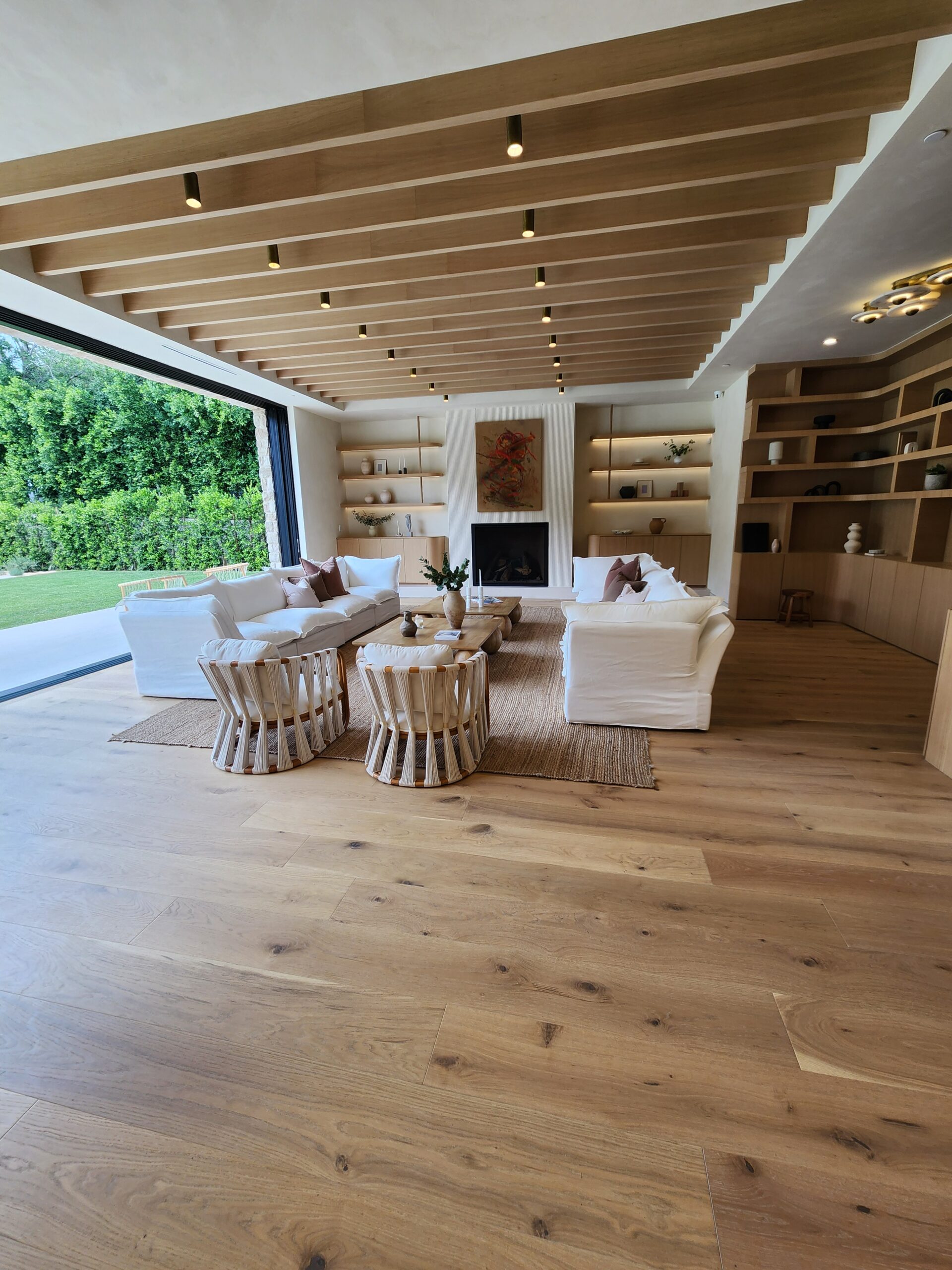
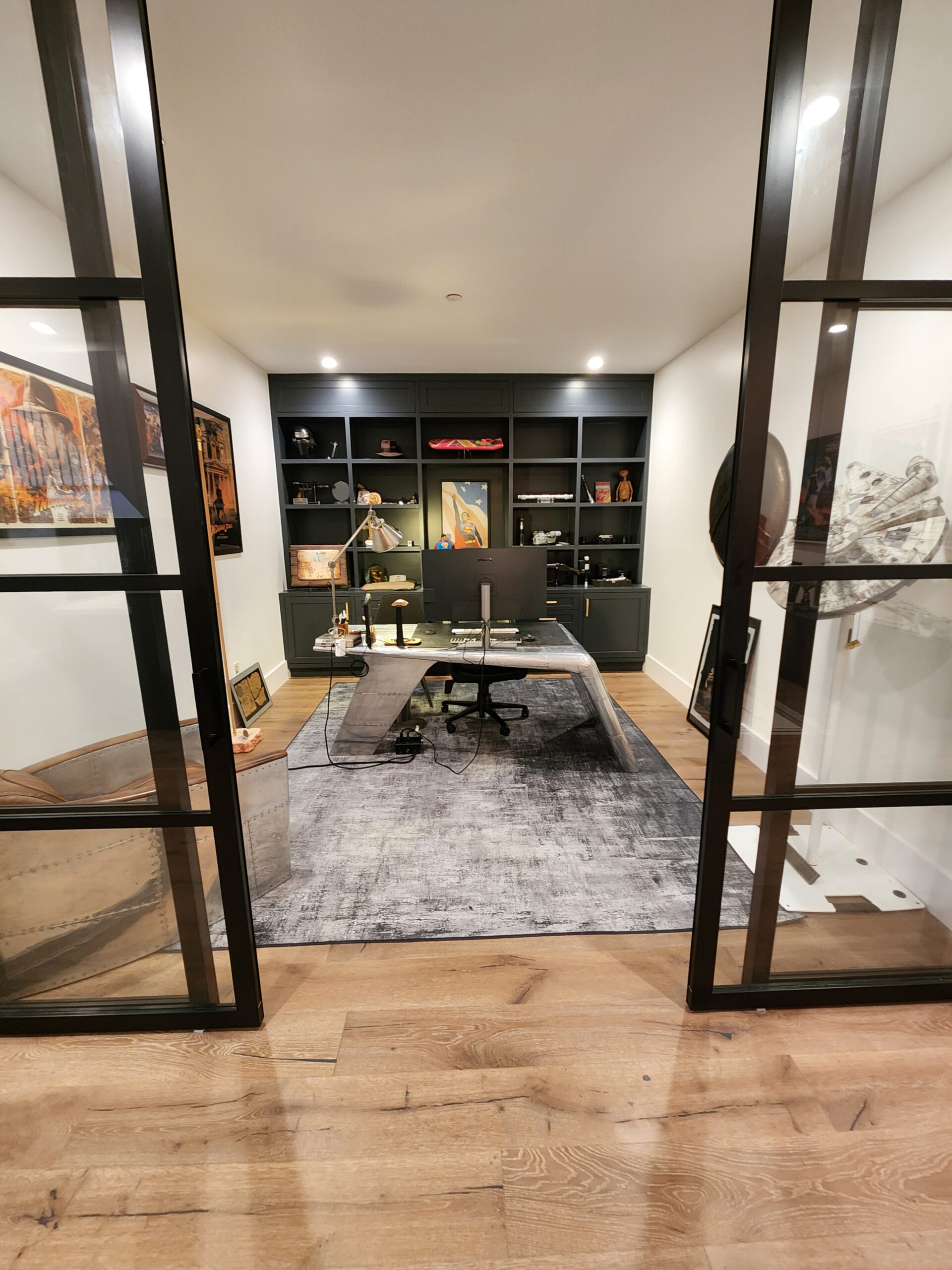 It’s a return to order, where each room has its own identity—proof that sometimes, having a little separation is the ultimate luxury. The result? Homes that feel more intentional, balanced, and downright livable.
It’s a return to order, where each room has its own identity—proof that sometimes, having a little separation is the ultimate luxury. The result? Homes that feel more intentional, balanced, and downright livable.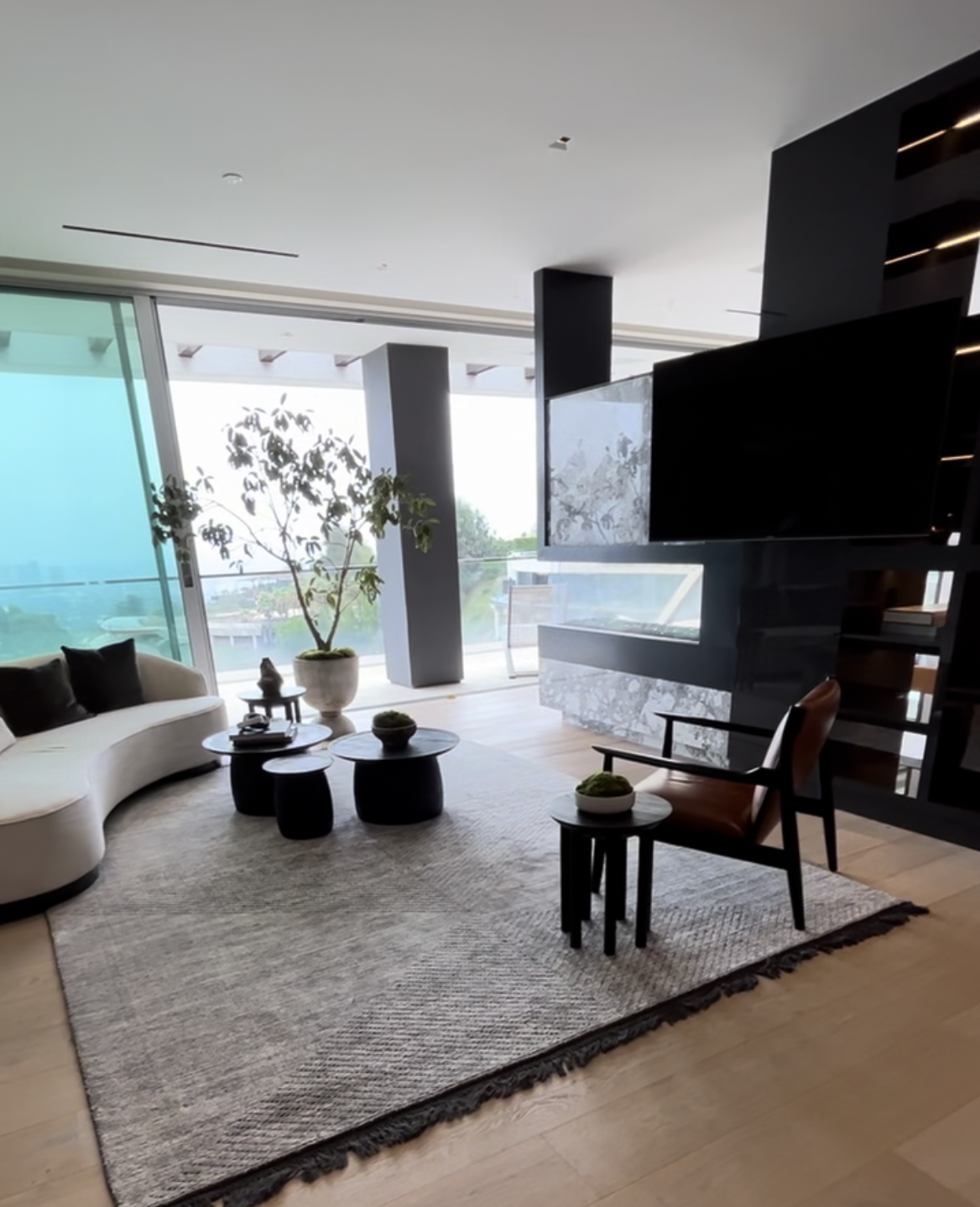
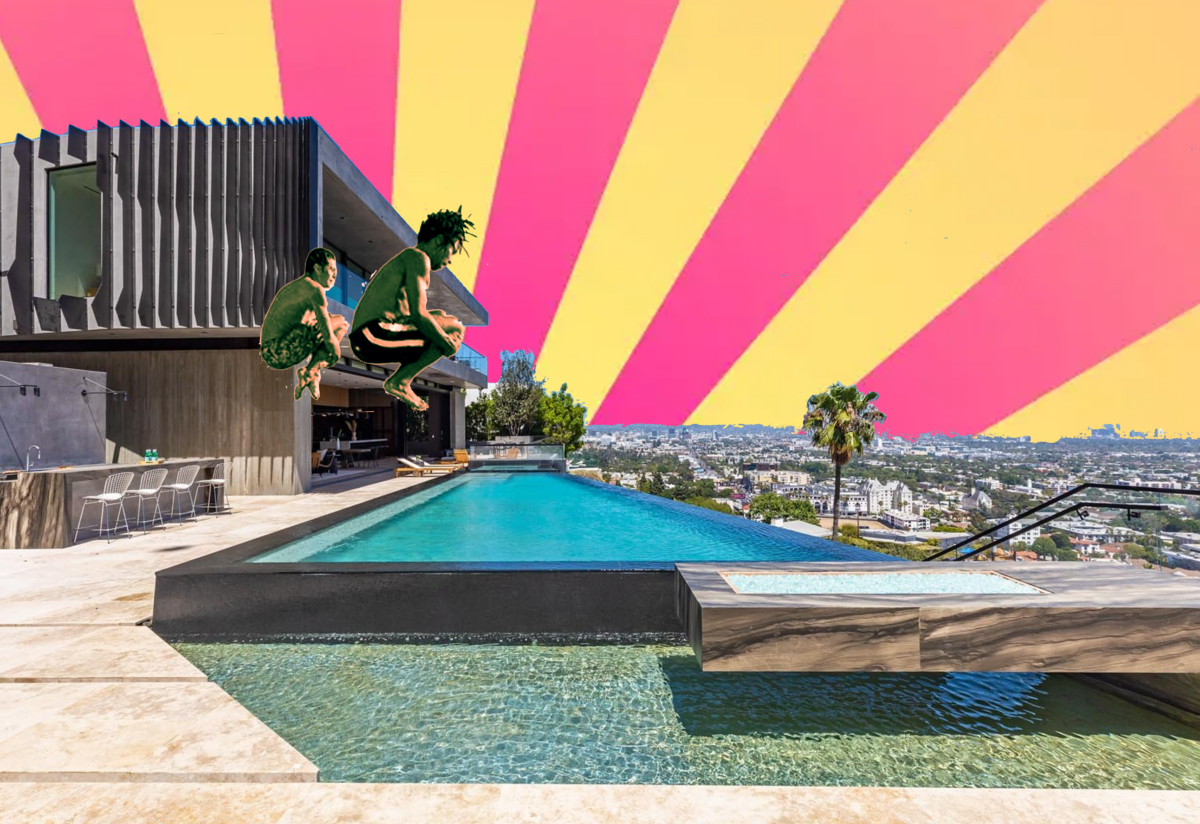
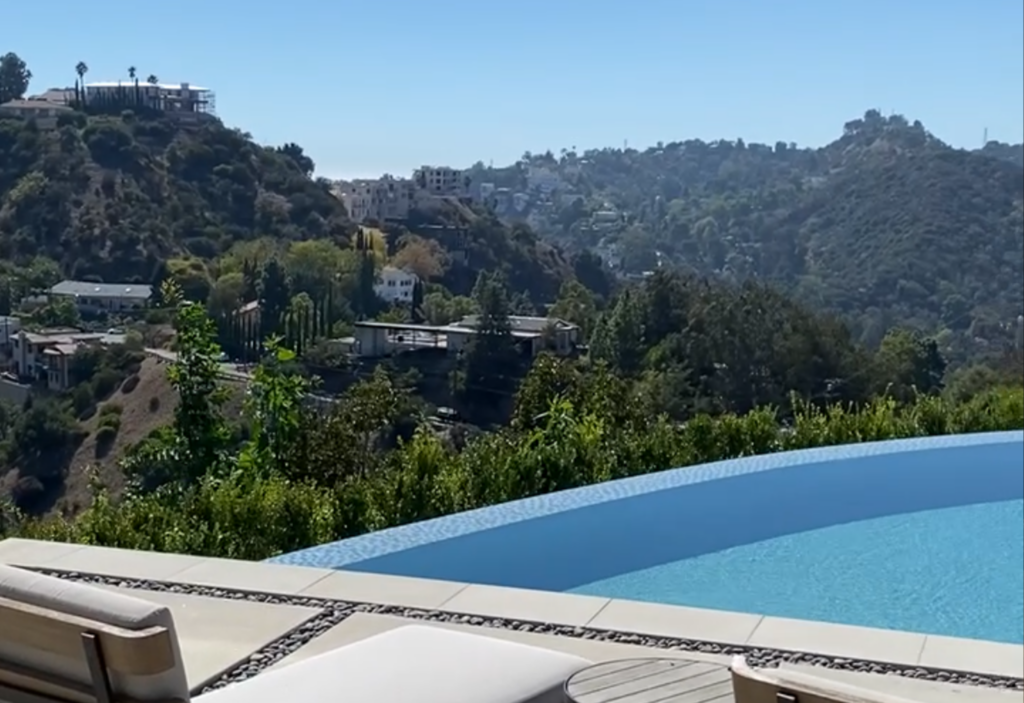
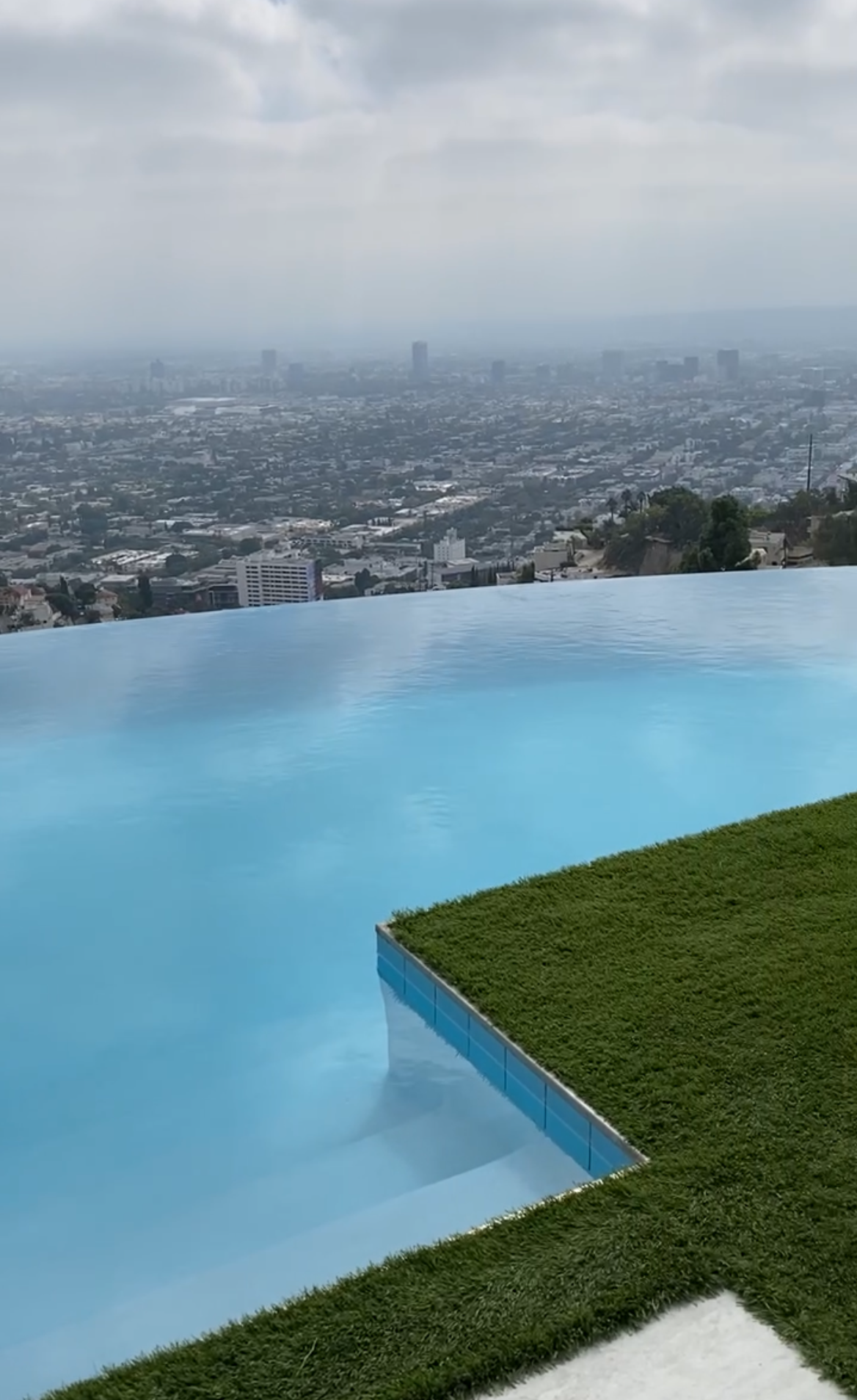
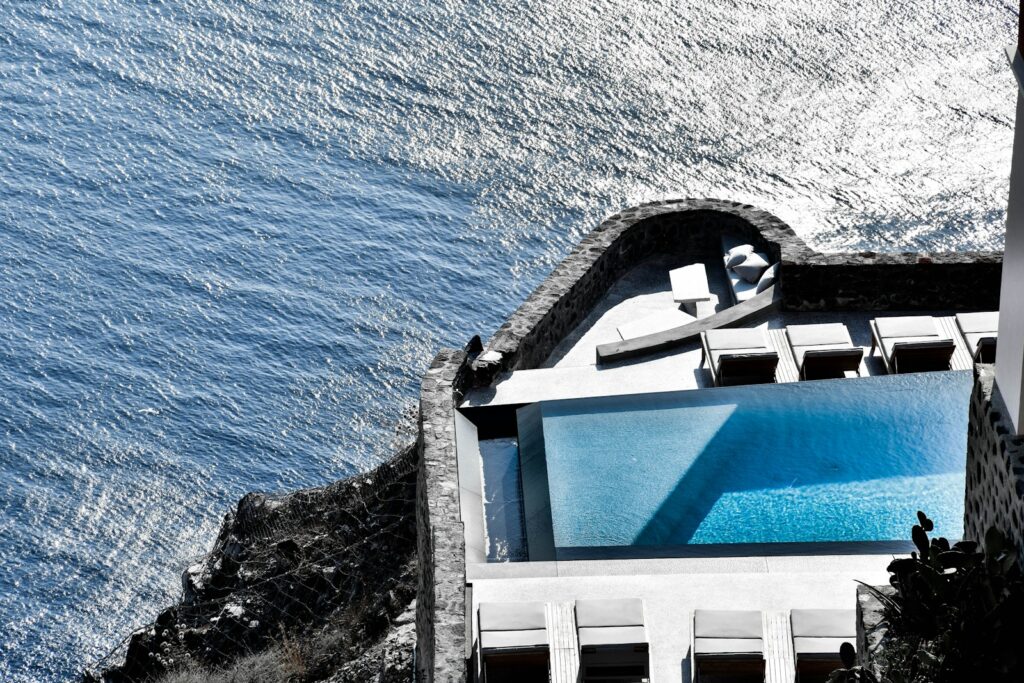
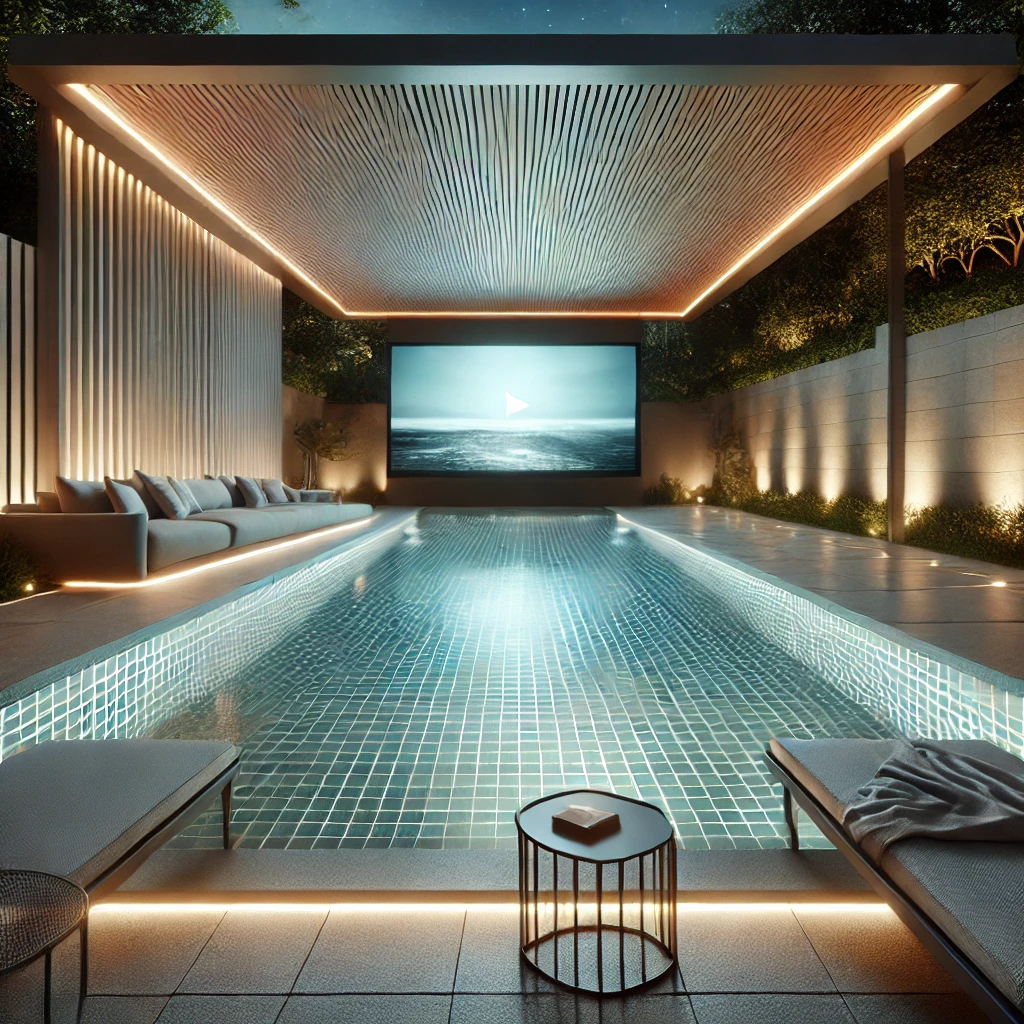
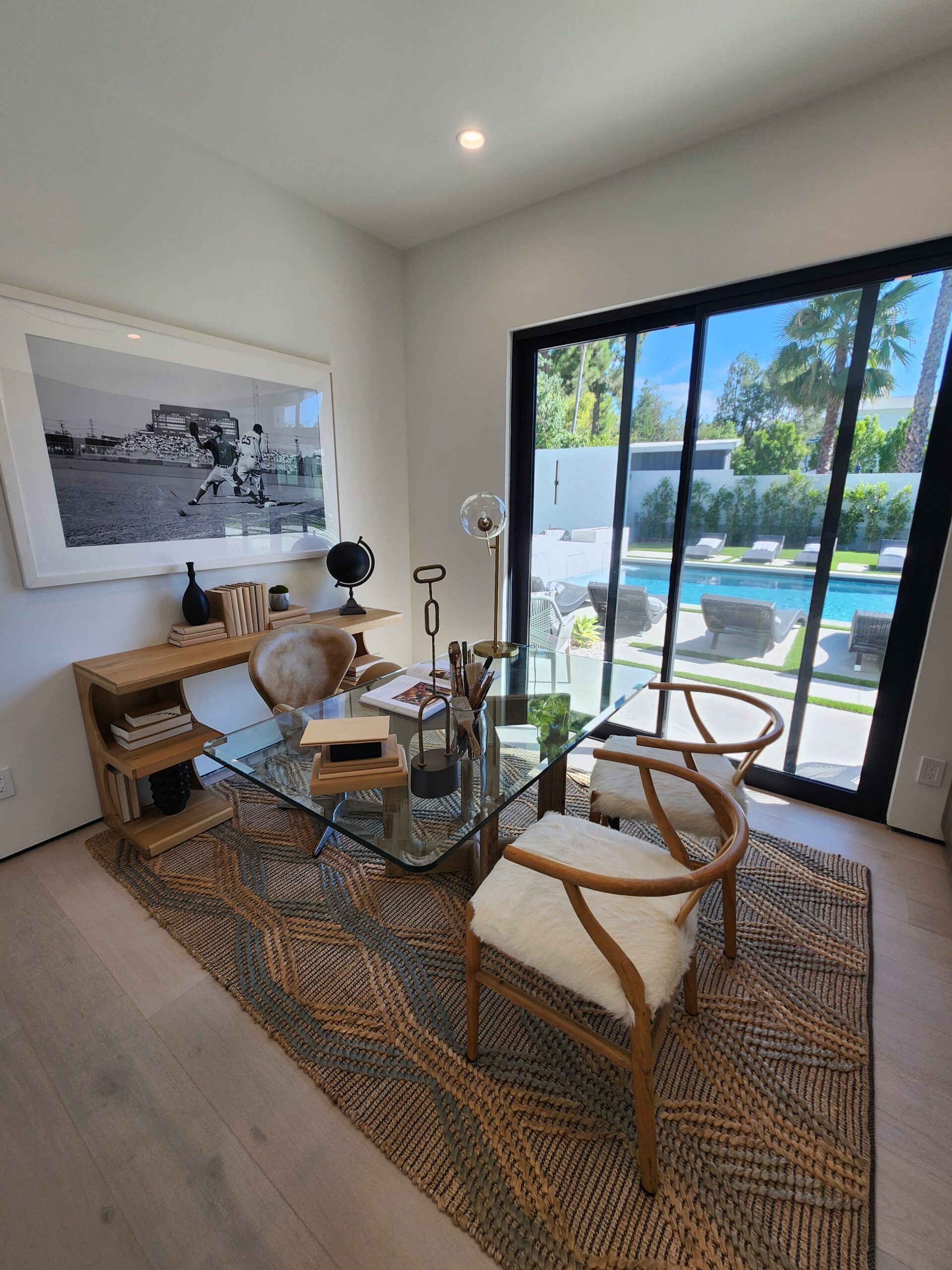

 These custom mosaics turn every swim into an experience, where the pool floor tells a story as rich and detailed as the home above it. Crafted from hand-cut tiles in a spectrum of vibrant colors, these designs shimmer and shift with the light, creating a dynamic, living artwork that changes with every ripple. It’s not just about swimming—it’s about immersing yourself in a masterpiece, where luxury and artistry meet at the intersection of water and design.
These custom mosaics turn every swim into an experience, where the pool floor tells a story as rich and detailed as the home above it. Crafted from hand-cut tiles in a spectrum of vibrant colors, these designs shimmer and shift with the light, creating a dynamic, living artwork that changes with every ripple. It’s not just about swimming—it’s about immersing yourself in a masterpiece, where luxury and artistry meet at the intersection of water and design.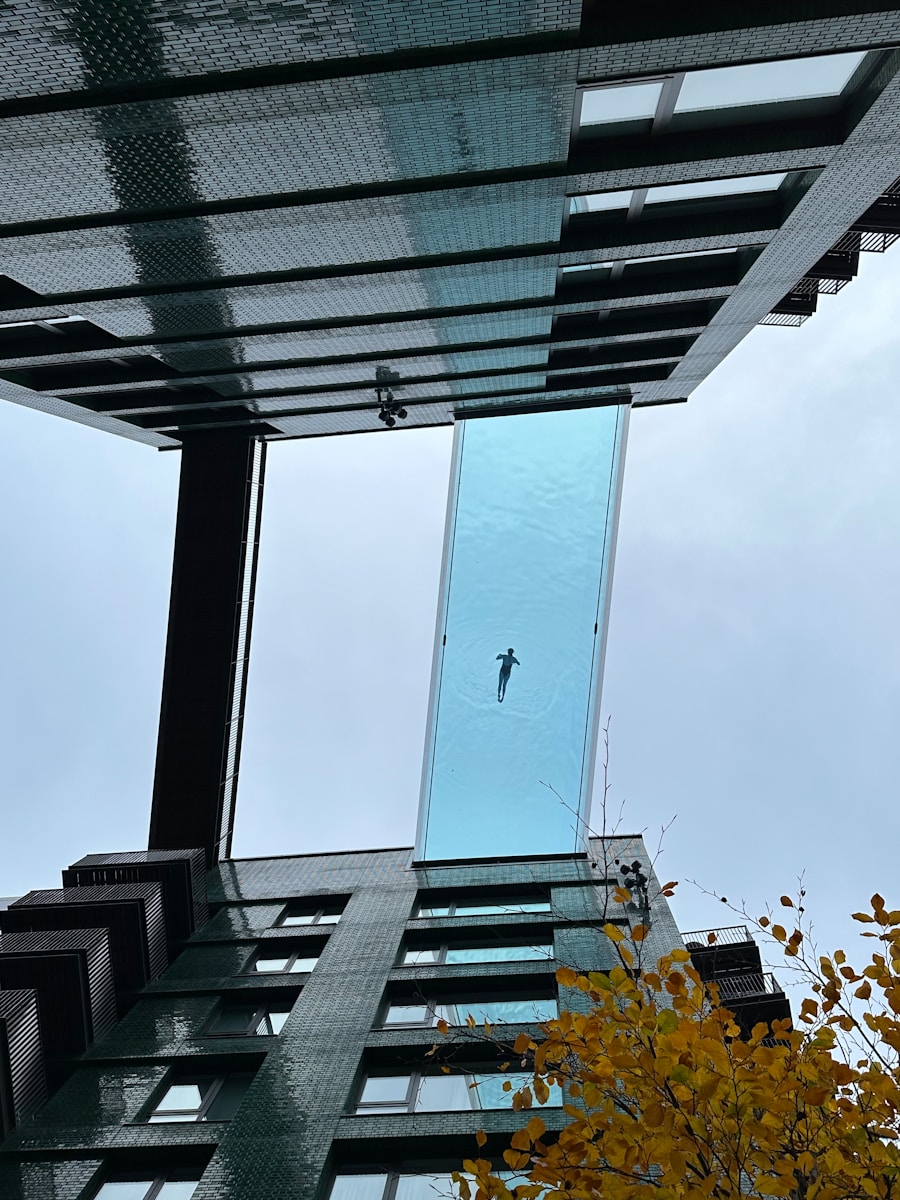
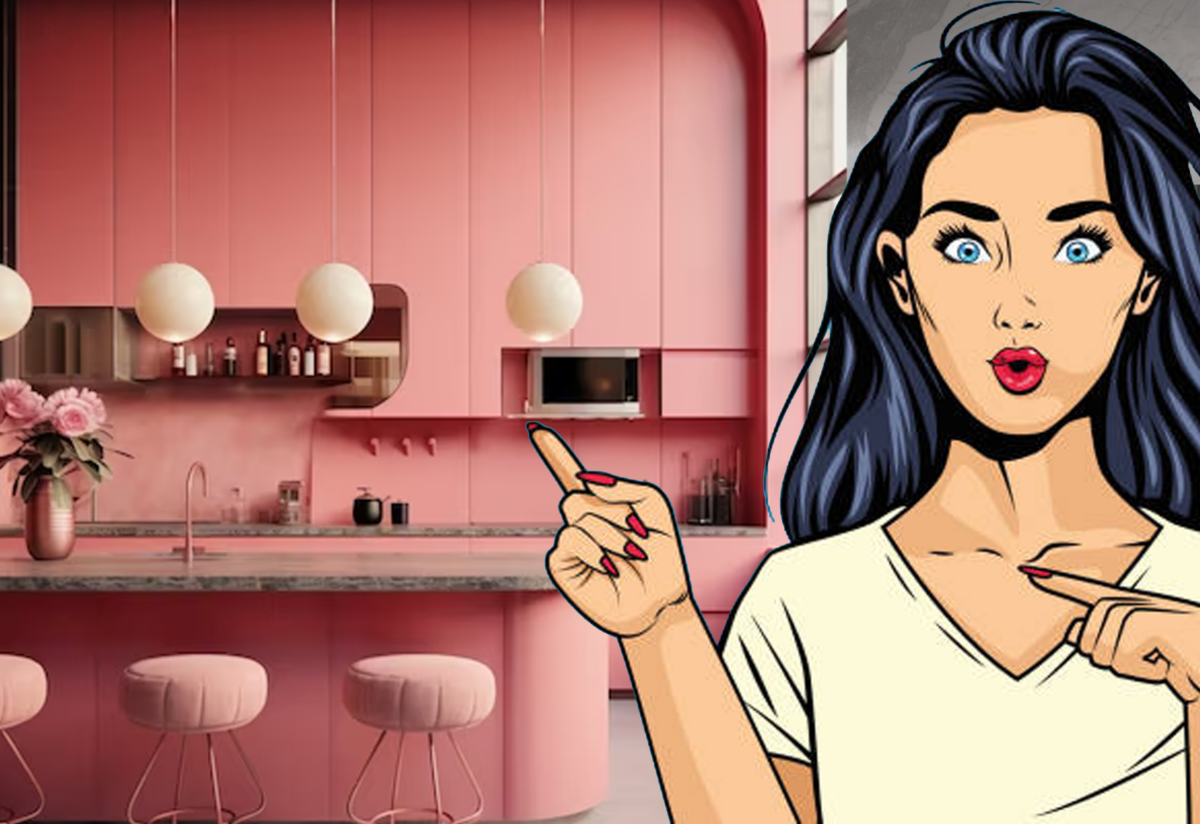
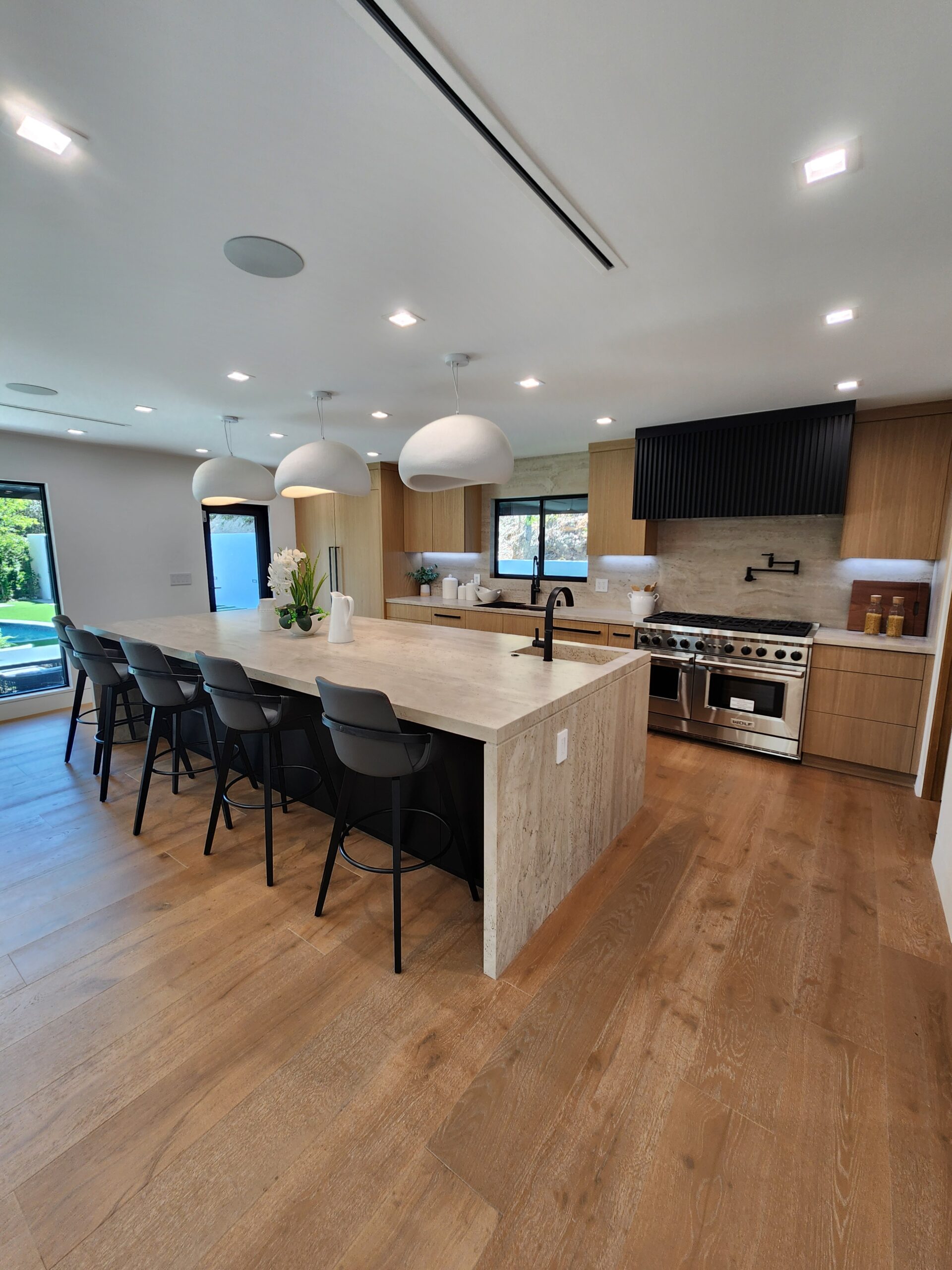
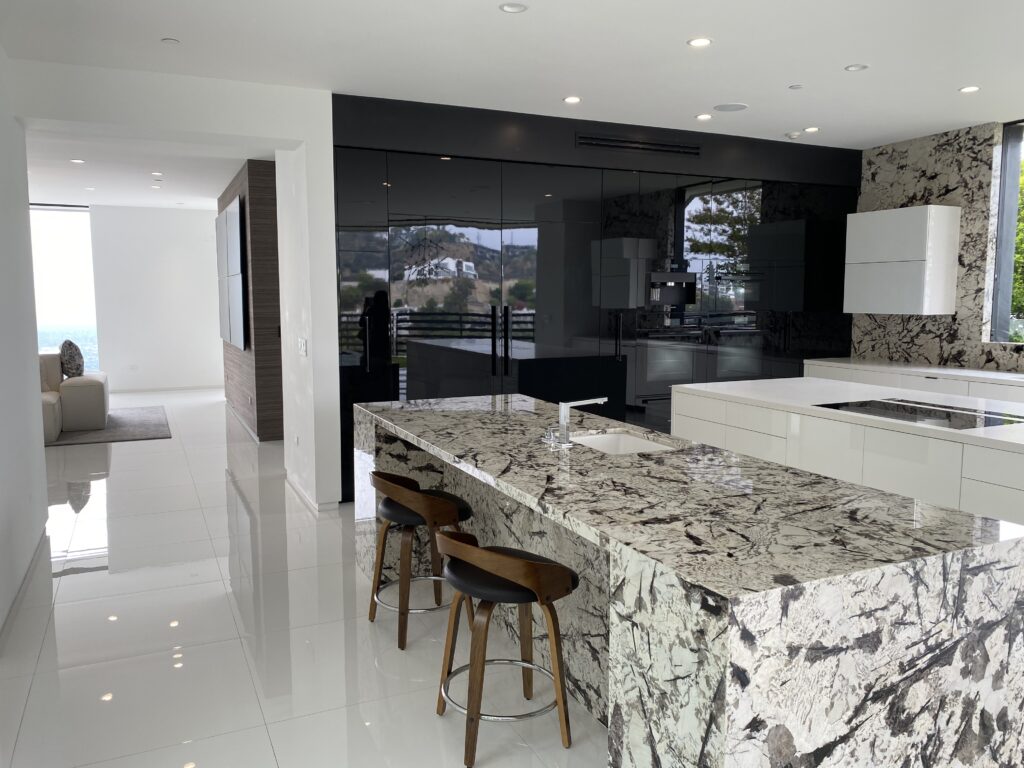
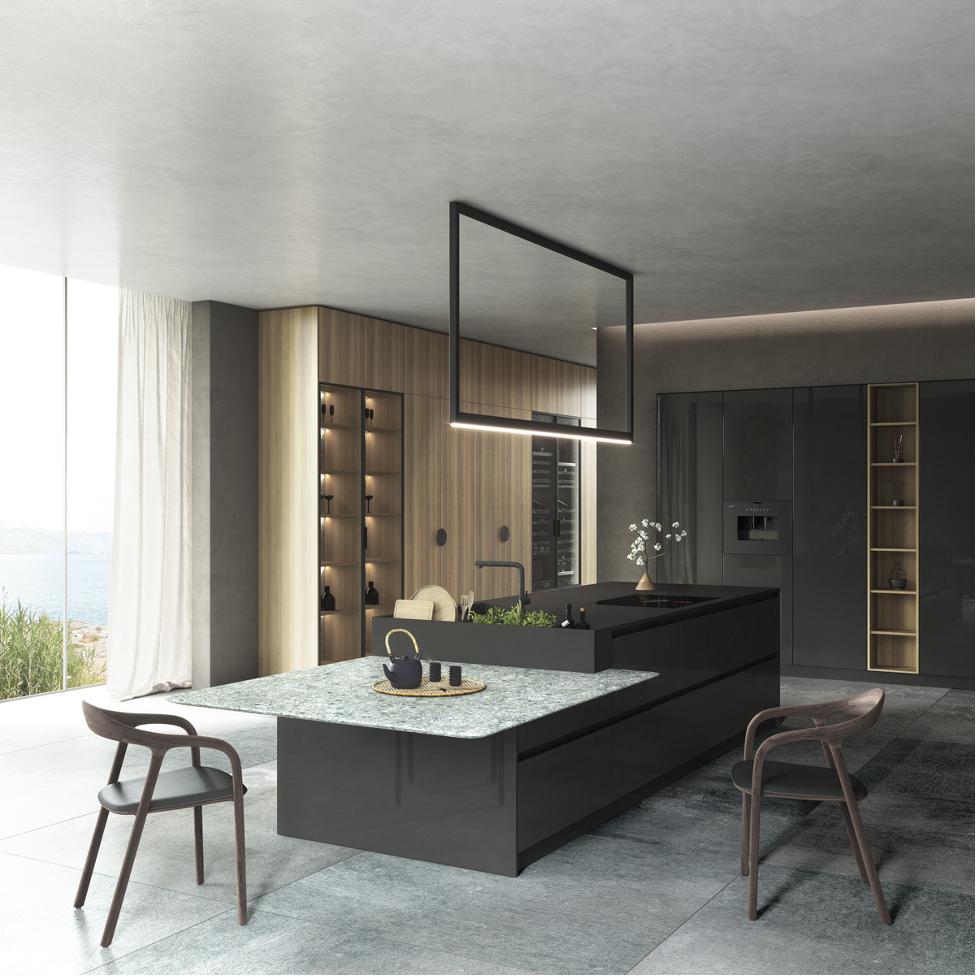
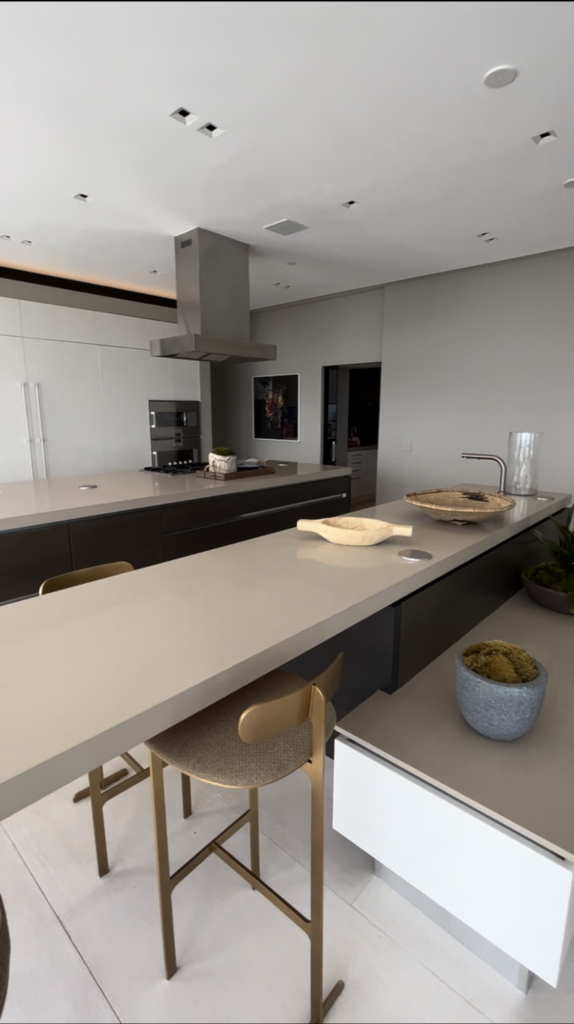
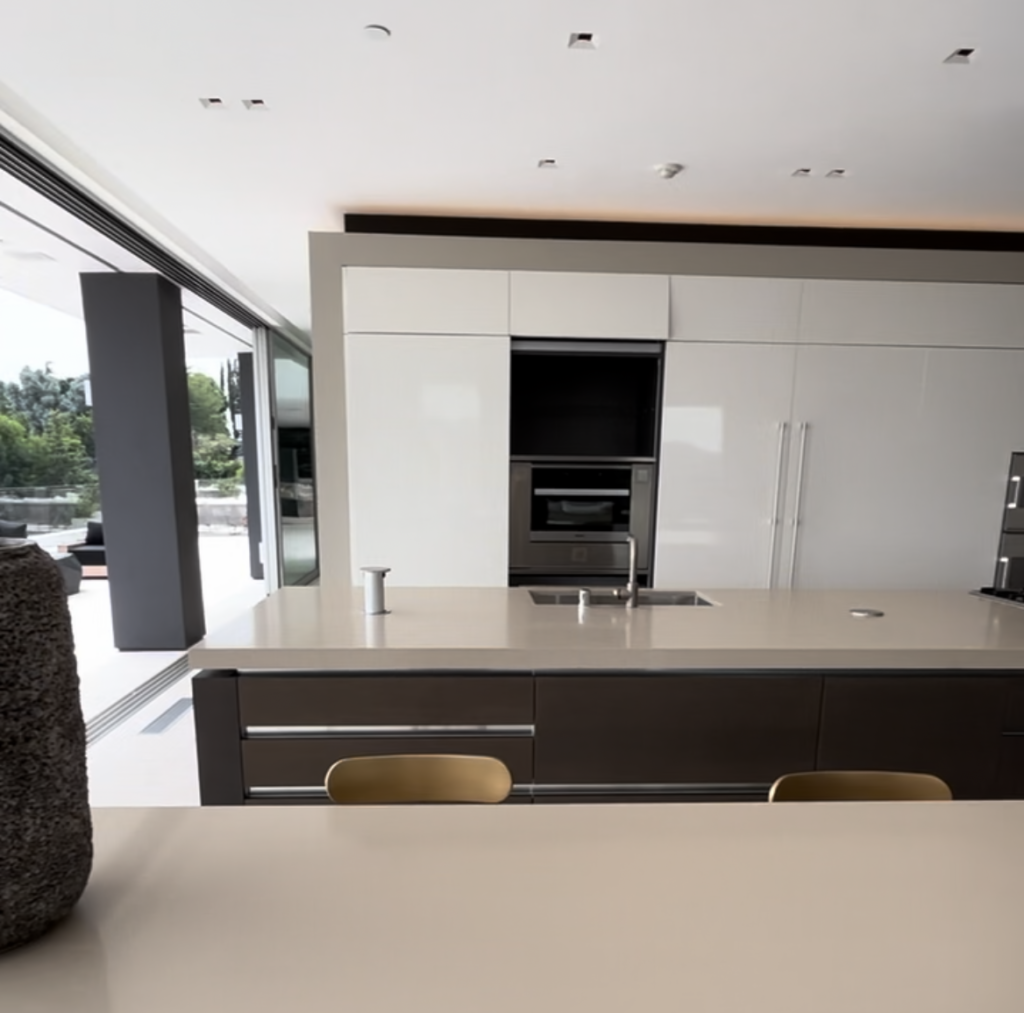
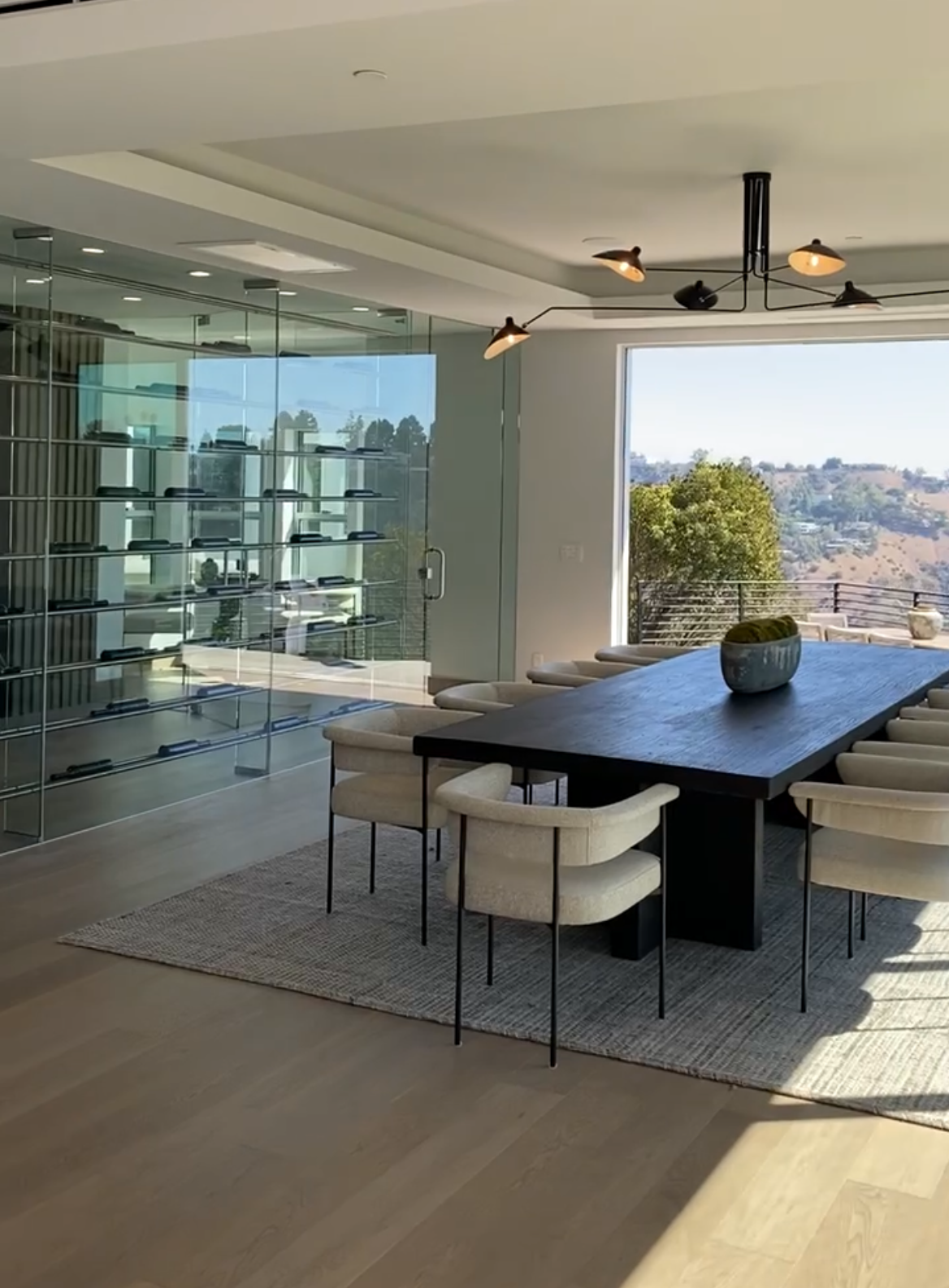
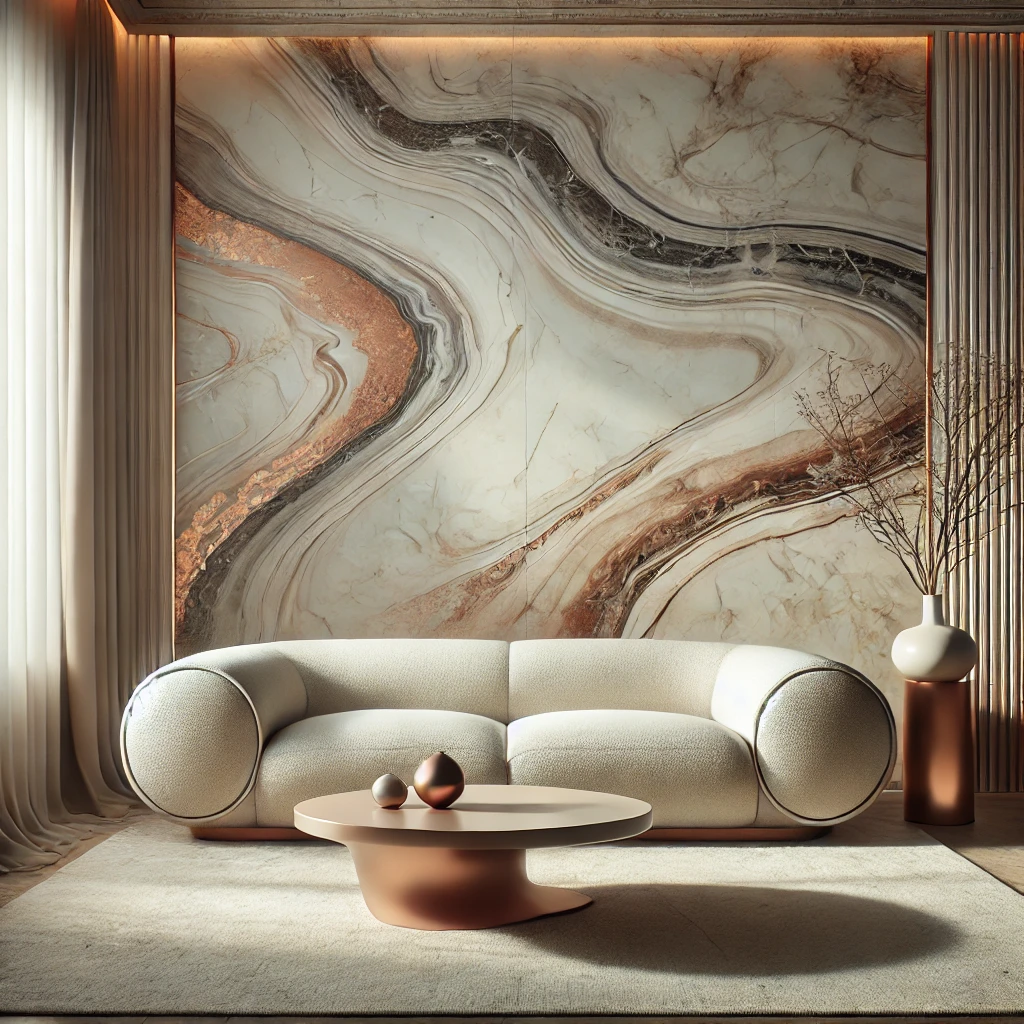
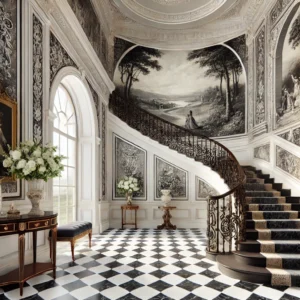
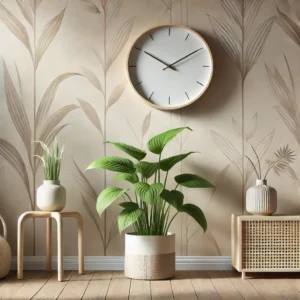 Minimalist Elegance: Minimalism isn’t going anywhere, but it’s evolving. Think subtle textures and monochromatic palettes that bring serenity and sophistication to any space. These designs prove that sometimes less really is more, creating calming environments with just the right amount of detail.
Minimalist Elegance: Minimalism isn’t going anywhere, but it’s evolving. Think subtle textures and monochromatic palettes that bring serenity and sophistication to any space. These designs prove that sometimes less really is more, creating calming environments with just the right amount of detail.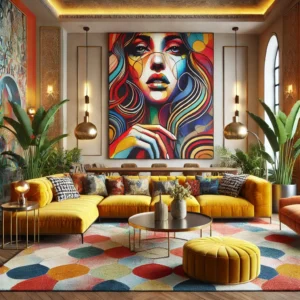 Maximalist Statements: On the flip side, maximalism is back with a vengeance, offering bold patterns and colors that make a dramatic impact. These wallpapers are not for the faint of heart—they’re for those who want their space to scream personality and flair.
Maximalist Statements: On the flip side, maximalism is back with a vengeance, offering bold patterns and colors that make a dramatic impact. These wallpapers are not for the faint of heart—they’re for those who want their space to scream personality and flair.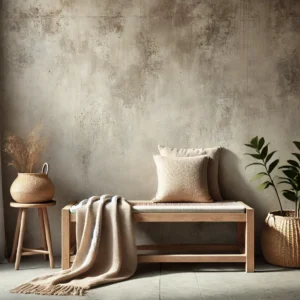 Luxurious Textiles: Wallpaper is going tactile, with luxurious textiles like silk, velvet, and linen bringing a rich, touchable quality to walls. These materials add depth and warmth, transforming the feel of a room.
Luxurious Textiles: Wallpaper is going tactile, with luxurious textiles like silk, velvet, and linen bringing a rich, touchable quality to walls. These materials add depth and warmth, transforming the feel of a room.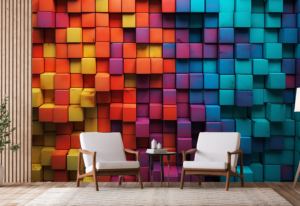 Sensory Experiences: The best designs engage more than just the eyes. Wallpapers are being crafted to provide sensory experiences, enhancing the spatial ambiance by appealing to both touch and sight. This approach transforms interiors into multi-dimensional experiences.
Sensory Experiences: The best designs engage more than just the eyes. Wallpapers are being crafted to provide sensory experiences, enhancing the spatial ambiance by appealing to both touch and sight. This approach transforms interiors into multi-dimensional experiences.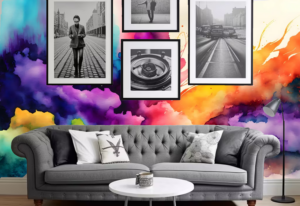 Immersive Interiors: When it comes to interior design, wallpaper murals are the ultimate game-changer. These massive wall canvases can totally flip the vibe of a room, making it feel bigger, more connected, and way more intriguing. Whether you’re dreaming of a chill nature scene, a punchy abstract design, or a throwback cityscape, wallpaper murals are your ticket to showing off your unique style and juicing up your living space.
Immersive Interiors: When it comes to interior design, wallpaper murals are the ultimate game-changer. These massive wall canvases can totally flip the vibe of a room, making it feel bigger, more connected, and way more intriguing. Whether you’re dreaming of a chill nature scene, a punchy abstract design, or a throwback cityscape, wallpaper murals are your ticket to showing off your unique style and juicing up your living space.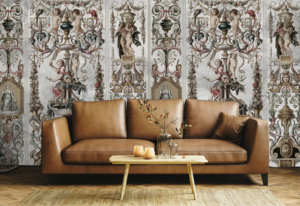 Cultural Motifs: In 2024, we’re seeing a rich tapestry of cultural motifs integrated into wallpaper designs. From traditional patterns to modern interpretations, these designs celebrate the diversity and beauty of global cultures.
Cultural Motifs: In 2024, we’re seeing a rich tapestry of cultural motifs integrated into wallpaper designs. From traditional patterns to modern interpretations, these designs celebrate the diversity and beauty of global cultures.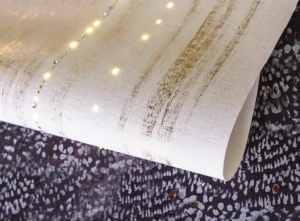 Tech-Enhanced Wallpapers: The future is here with tech-enhanced wallpapers that incorporate smart technologies. These designs offer interactive and functional features, like changing patterns with lighting or temperature adjustments.
Tech-Enhanced Wallpapers: The future is here with tech-enhanced wallpapers that incorporate smart technologies. These designs offer interactive and functional features, like changing patterns with lighting or temperature adjustments.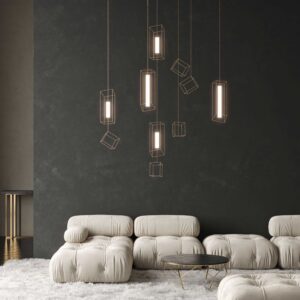 Future-Forward Design: Technology is playing a crucial role in creating wallpapers that are both sustainable and adaptable. Designers are using tech to push the boundaries of what’s possible, crafting designs that are as forward-thinking as they are beautiful.
Future-Forward Design: Technology is playing a crucial role in creating wallpapers that are both sustainable and adaptable. Designers are using tech to push the boundaries of what’s possible, crafting designs that are as forward-thinking as they are beautiful.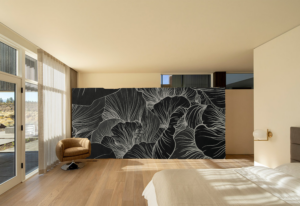
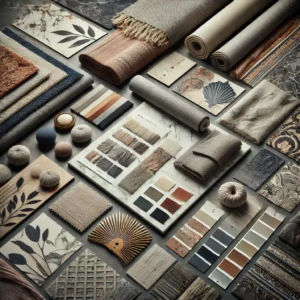 Bespoke Wallpapers: Personalization is key, and bespoke wallpapers are at the forefront of this trend. Tailored designs reflect individual tastes and lifestyles, offering one-of-a-kind creations that speak to personal identity.
Bespoke Wallpapers: Personalization is key, and bespoke wallpapers are at the forefront of this trend. Tailored designs reflect individual tastes and lifestyles, offering one-of-a-kind creations that speak to personal identity.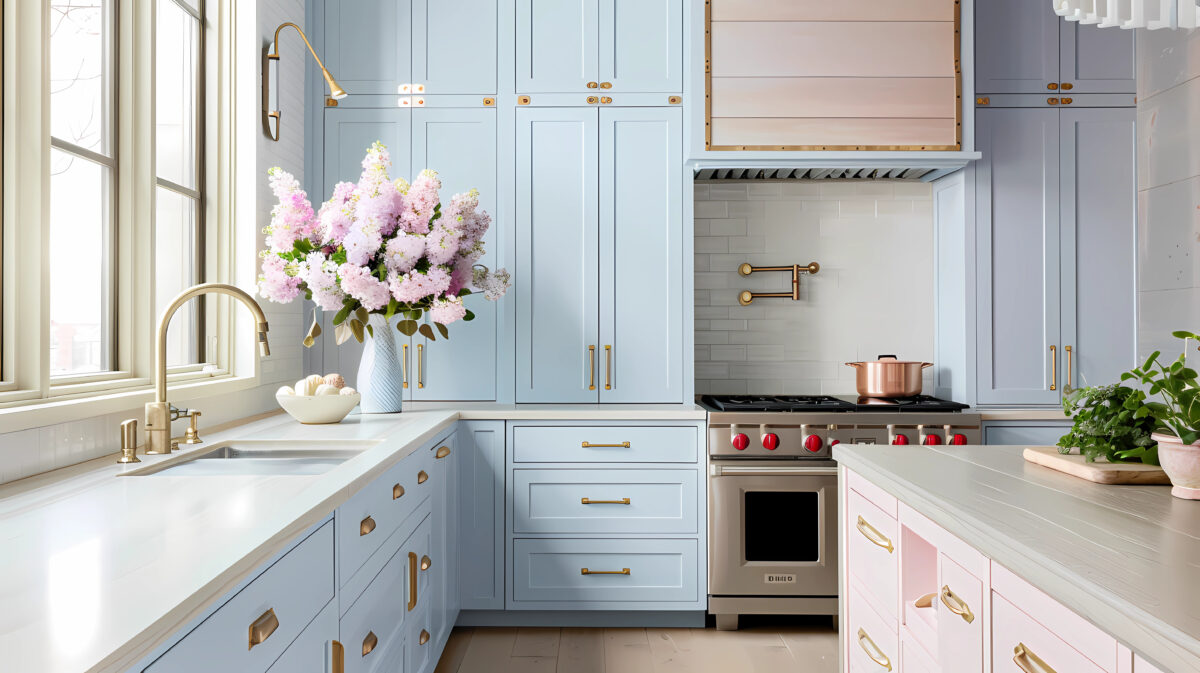
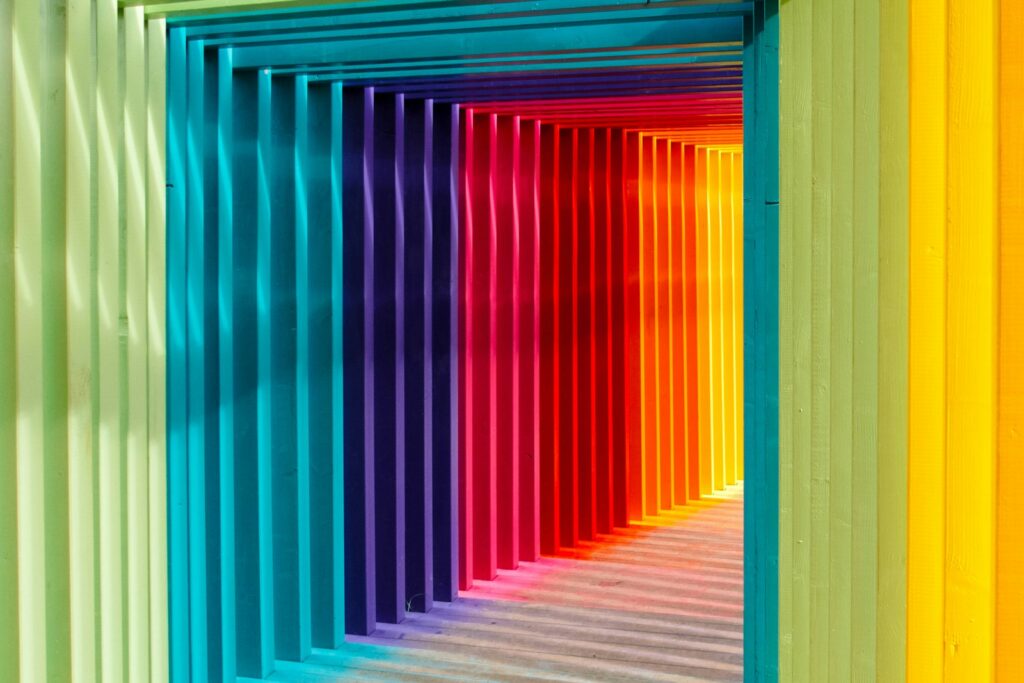
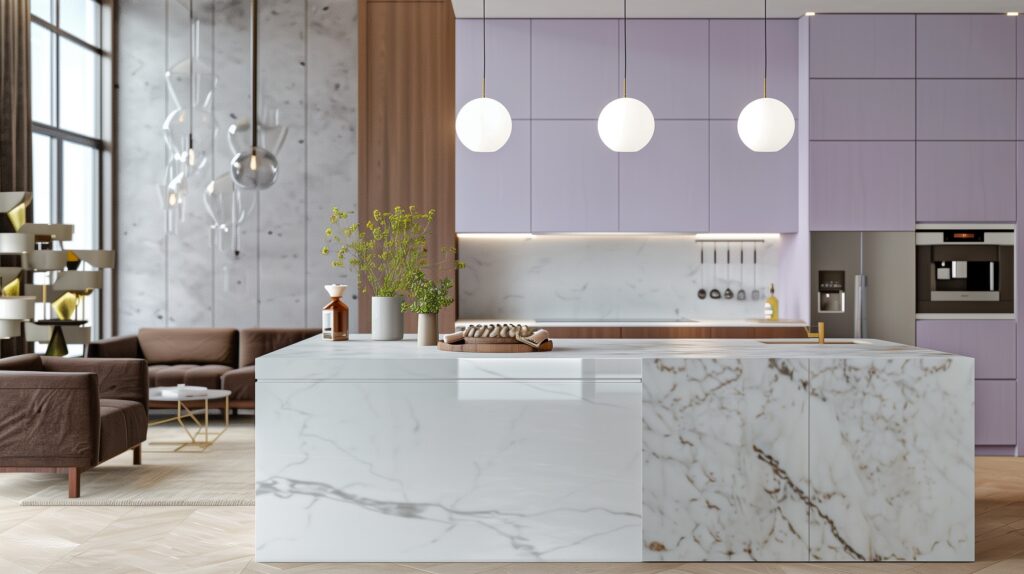
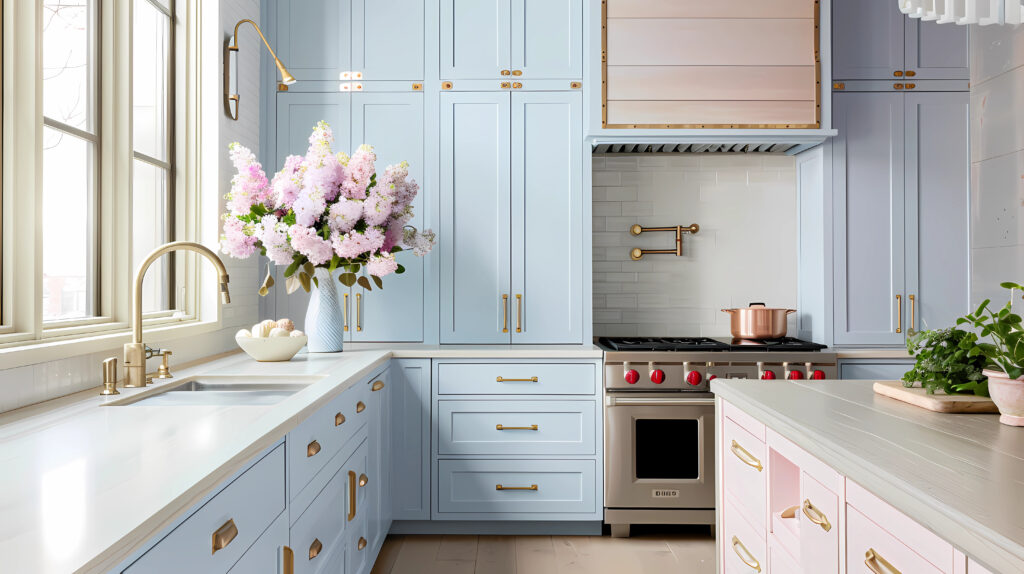 Leah Ring from Another Human tagged this palette “Mid-Pastels,” where colors like Benjamin Moore’s Summer Blue and Apricot Chiffon sit between loud and soft—“joyful yet soothing,” she calls it. Brigette Romanek notices more muted tints cropping up, from creams to soft pinks and greens, while Patrick Mele is dipping everything in subtle pastels from robin’s egg blue to creamy yellows.
Leah Ring from Another Human tagged this palette “Mid-Pastels,” where colors like Benjamin Moore’s Summer Blue and Apricot Chiffon sit between loud and soft—“joyful yet soothing,” she calls it. Brigette Romanek notices more muted tints cropping up, from creams to soft pinks and greens, while Patrick Mele is dipping everything in subtle pastels from robin’s egg blue to creamy yellows.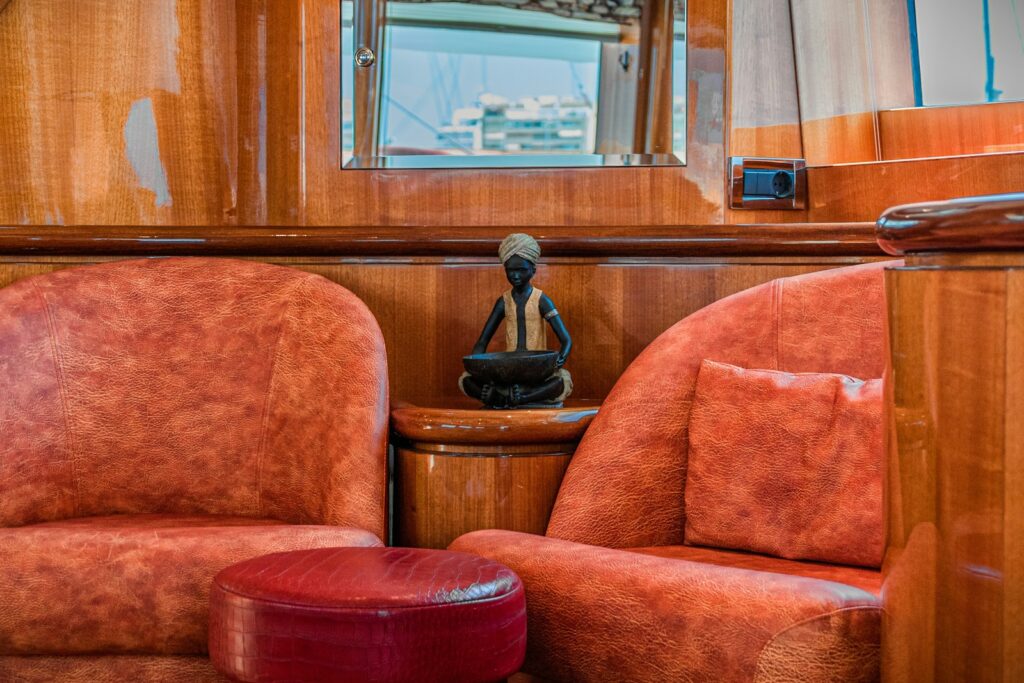 Thanks to TikTok’s “Tomato girl summer,” the punchy color of ripe tomatoes is making a splash across interiors too, from fiery reds to deep oranges. Rachel Chudley in London finds her high-end clients asking for earthy reds that set the stage for other bright pops of color.
Thanks to TikTok’s “Tomato girl summer,” the punchy color of ripe tomatoes is making a splash across interiors too, from fiery reds to deep oranges. Rachel Chudley in London finds her high-end clients asking for earthy reds that set the stage for other bright pops of color.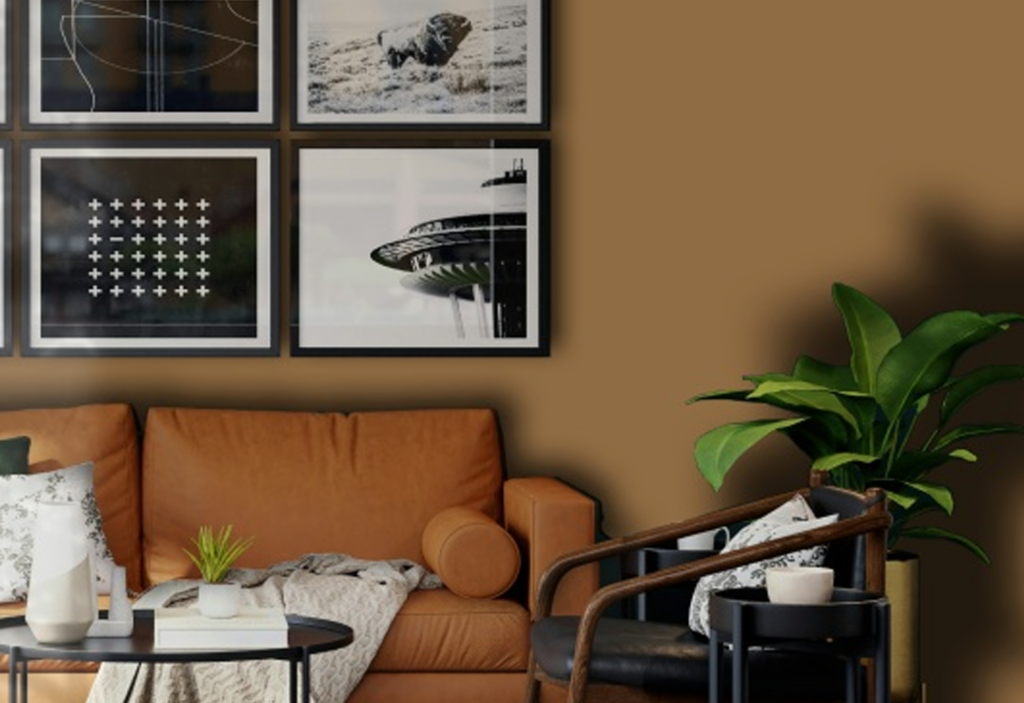 Say goodbye to grays and hello to warmer tones like browns and oatmeals. Patrick Mele and Frances Merrill are bringing back richer base tones like Benjamin Moore’s Desert Camel, which they say pairs perfectly with lighter, cooler furniture colors to strike just the right balance.
Say goodbye to grays and hello to warmer tones like browns and oatmeals. Patrick Mele and Frances Merrill are bringing back richer base tones like Benjamin Moore’s Desert Camel, which they say pairs perfectly with lighter, cooler furniture colors to strike just the right balance.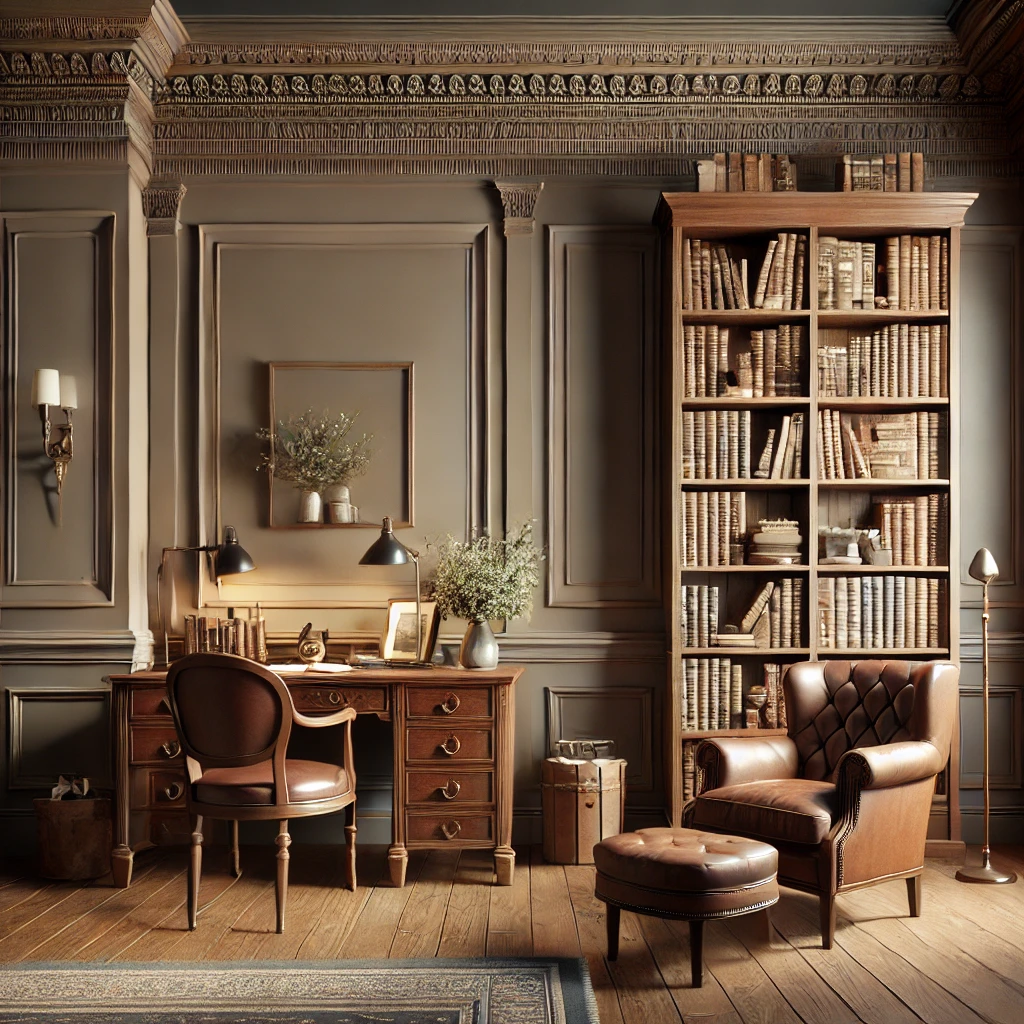 For those who can’t get enough color, maximalist millwork is in. Designers like David Quarles are painting everything from baseboards to crown molding in colors that complement bold wallpaper patterns. It’s all about enveloping spaces in color, from floor to ceiling.
For those who can’t get enough color, maximalist millwork is in. Designers like David Quarles are painting everything from baseboards to crown molding in colors that complement bold wallpaper patterns. It’s all about enveloping spaces in color, from floor to ceiling.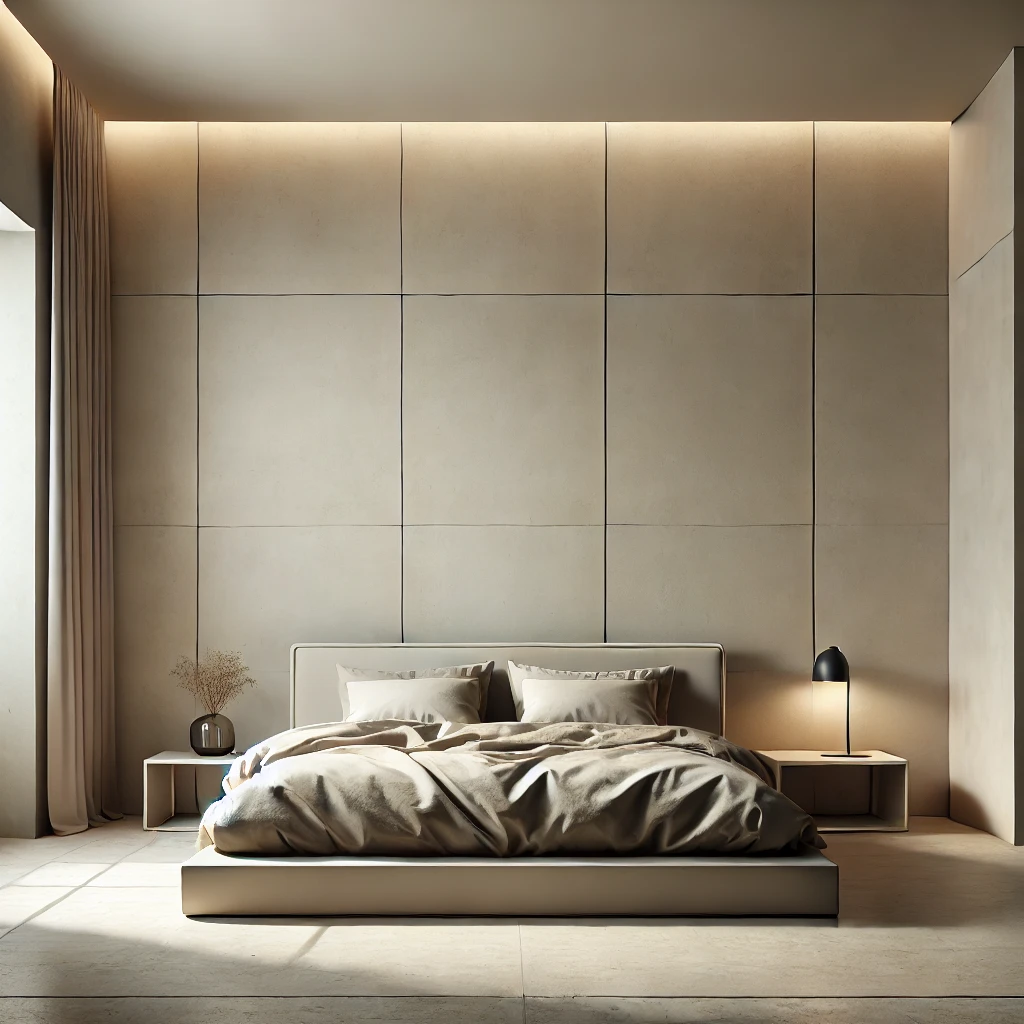 Lastly, is greige just a yawn or secretly chic? Top designers are split. Some are bored to tears with its overuse, while others find it the perfect backdrop to make other colors pop. It’s the age-old debate: is greige the ultimate neutral or just plain dull?
Lastly, is greige just a yawn or secretly chic? Top designers are split. Some are bored to tears with its overuse, while others find it the perfect backdrop to make other colors pop. It’s the age-old debate: is greige the ultimate neutral or just plain dull?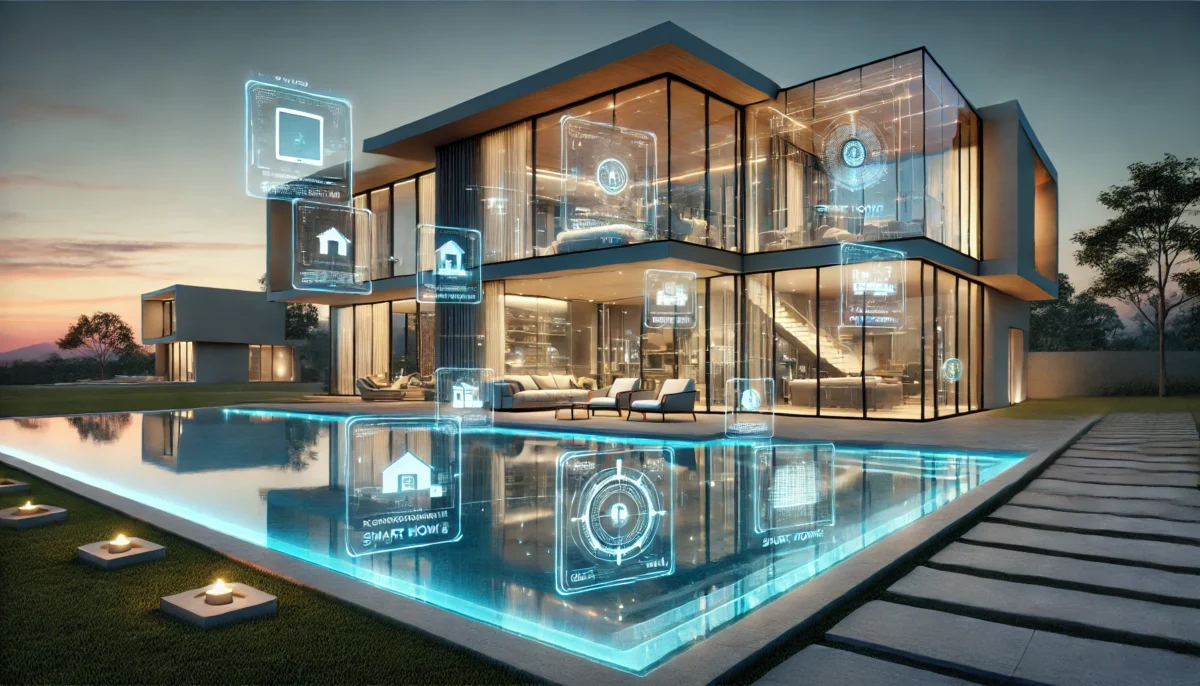

 As we look towards 2024, it’s clear that Millennials and Gen-Z are not just spectators in the real estate market; they are increasingly becoming the main players. While the 55 to 74-year-old demographic currently leads in home buying, the younger generations are quickly catching up, bringing their unique needs and digital savvy to the forefront of the housing industry.
As we look towards 2024, it’s clear that Millennials and Gen-Z are not just spectators in the real estate market; they are increasingly becoming the main players. While the 55 to 74-year-old demographic currently leads in home buying, the younger generations are quickly catching up, bringing their unique needs and digital savvy to the forefront of the housing industry.
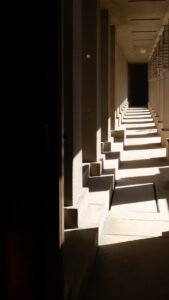
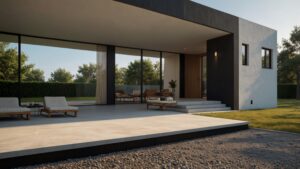 Poor sleep doesn’t just make you groggy—it’s linked to long-term impacts like weight gain and reduced immune function. Today’s smart homes tackle this with blackout curtains, ambient soundscapes, and temperature adjustments that encourage a deeper sleep, integrating seamlessly to support your health.
Poor sleep doesn’t just make you groggy—it’s linked to long-term impacts like weight gain and reduced immune function. Today’s smart homes tackle this with blackout curtains, ambient soundscapes, and temperature adjustments that encourage a deeper sleep, integrating seamlessly to support your health.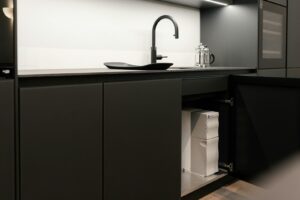
 Remember when UV light and infrared sensors sounded like sci-fi? Now, they’re part of our home health arsenals, with UV lamps actively disinfecting surfaces and infrared cameras ready to spot a fever before you feel it.
Remember when UV light and infrared sensors sounded like sci-fi? Now, they’re part of our home health arsenals, with UV lamps actively disinfecting surfaces and infrared cameras ready to spot a fever before you feel it.
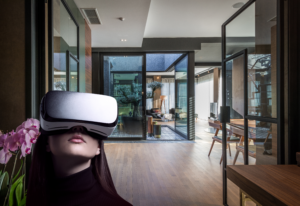 Virtual reality (VR) technology is taking the real estate world by storm, offering prospective buyers and tenants the ability to tour properties without stepping foot inside. This isn’t just about convenience; it’s about experience. VR enables:
Virtual reality (VR) technology is taking the real estate world by storm, offering prospective buyers and tenants the ability to tour properties without stepping foot inside. This isn’t just about convenience; it’s about experience. VR enables:
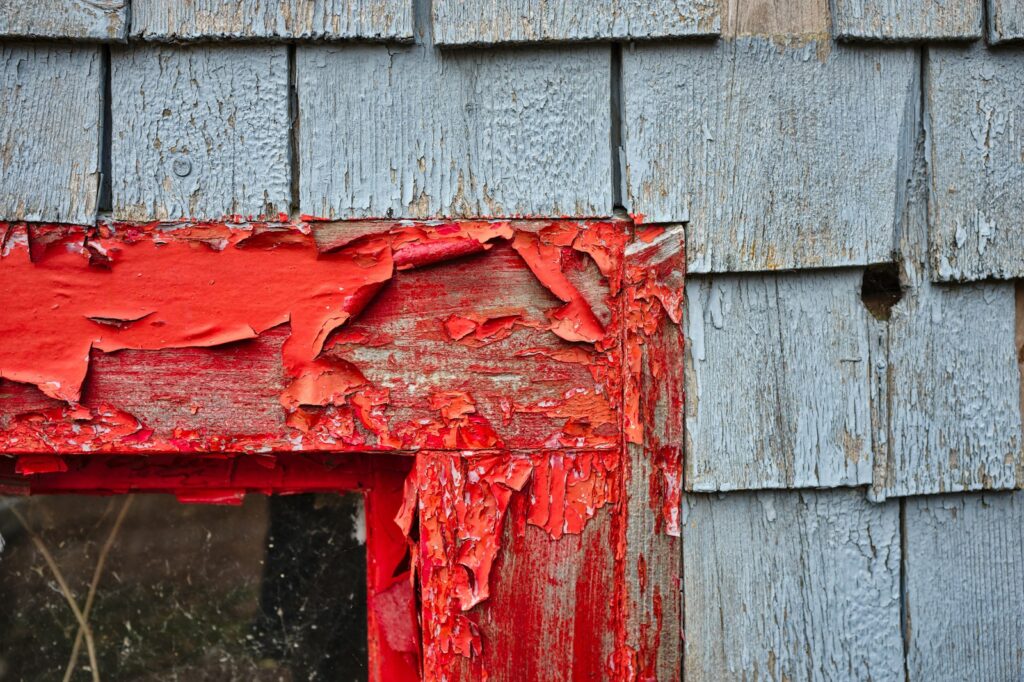 Looking to sell your place? Sprucing up your space before hitting the market isn’t just about aesthetics—it’s a strategic move to draw in more buyers and speed up the sale. Let’s dive into some upgrades that don’t just crank up the charm but also pump up your home’s price tag.
Looking to sell your place? Sprucing up your space before hitting the market isn’t just about aesthetics—it’s a strategic move to draw in more buyers and speed up the sale. Let’s dive into some upgrades that don’t just crank up the charm but also pump up your home’s price tag.
